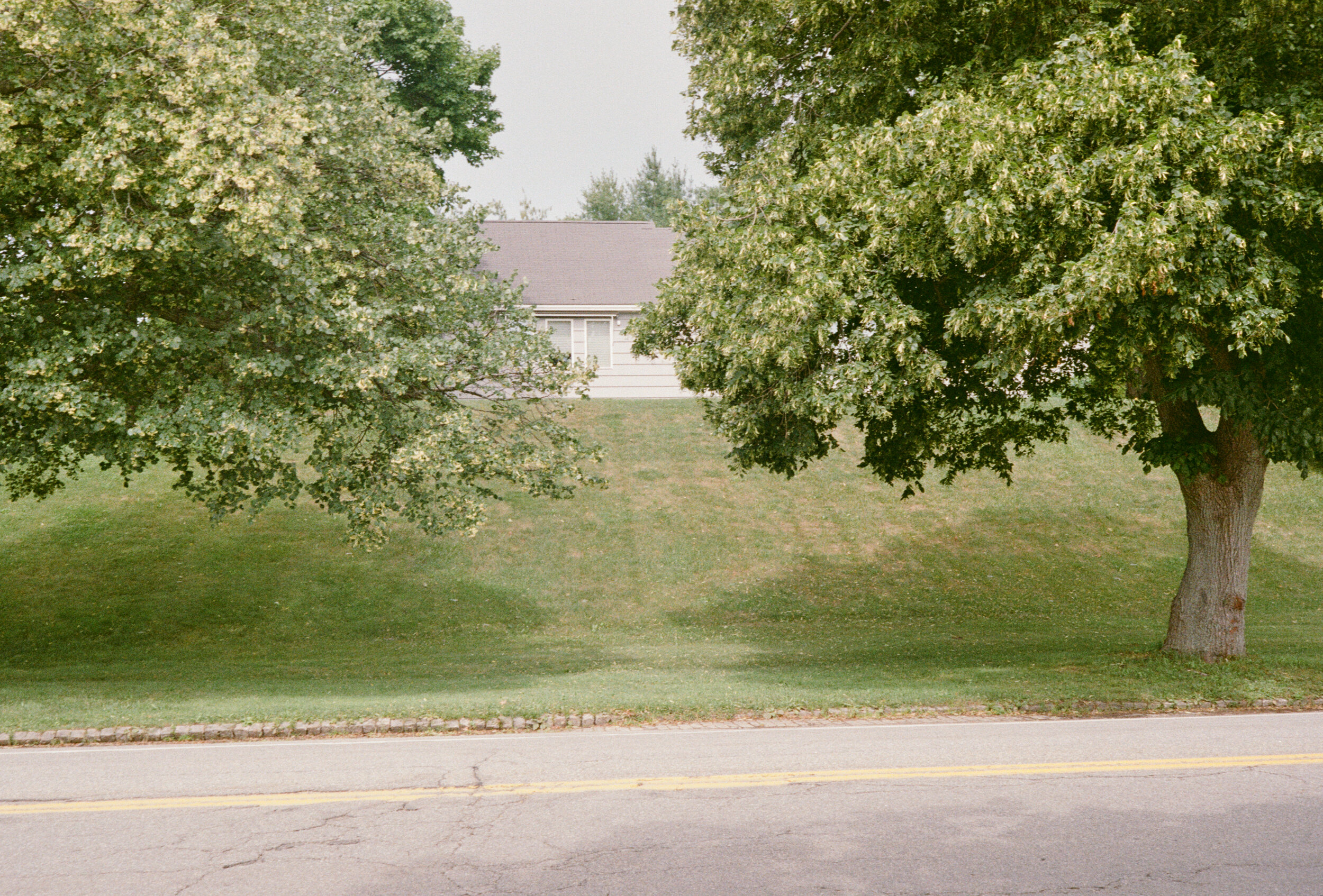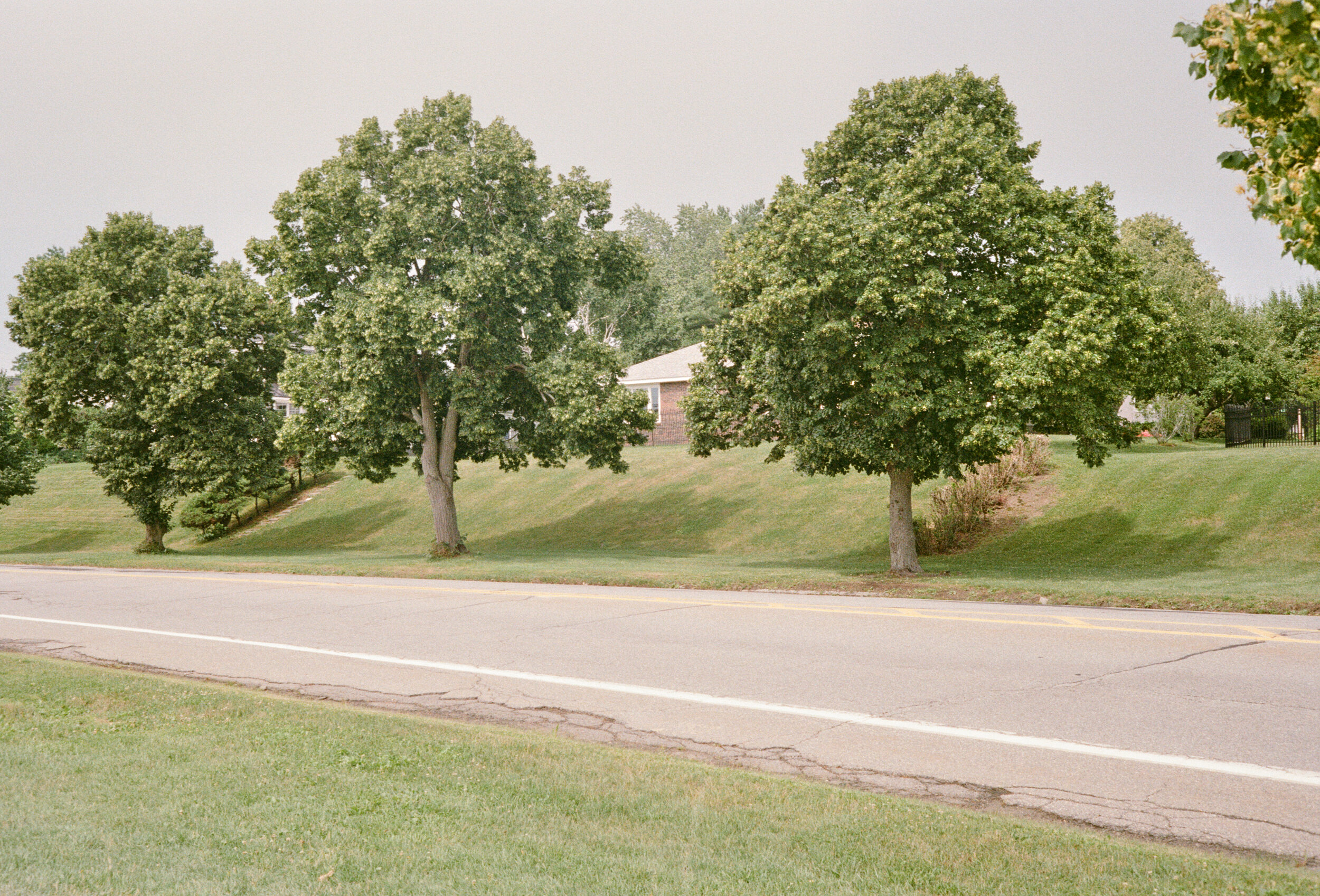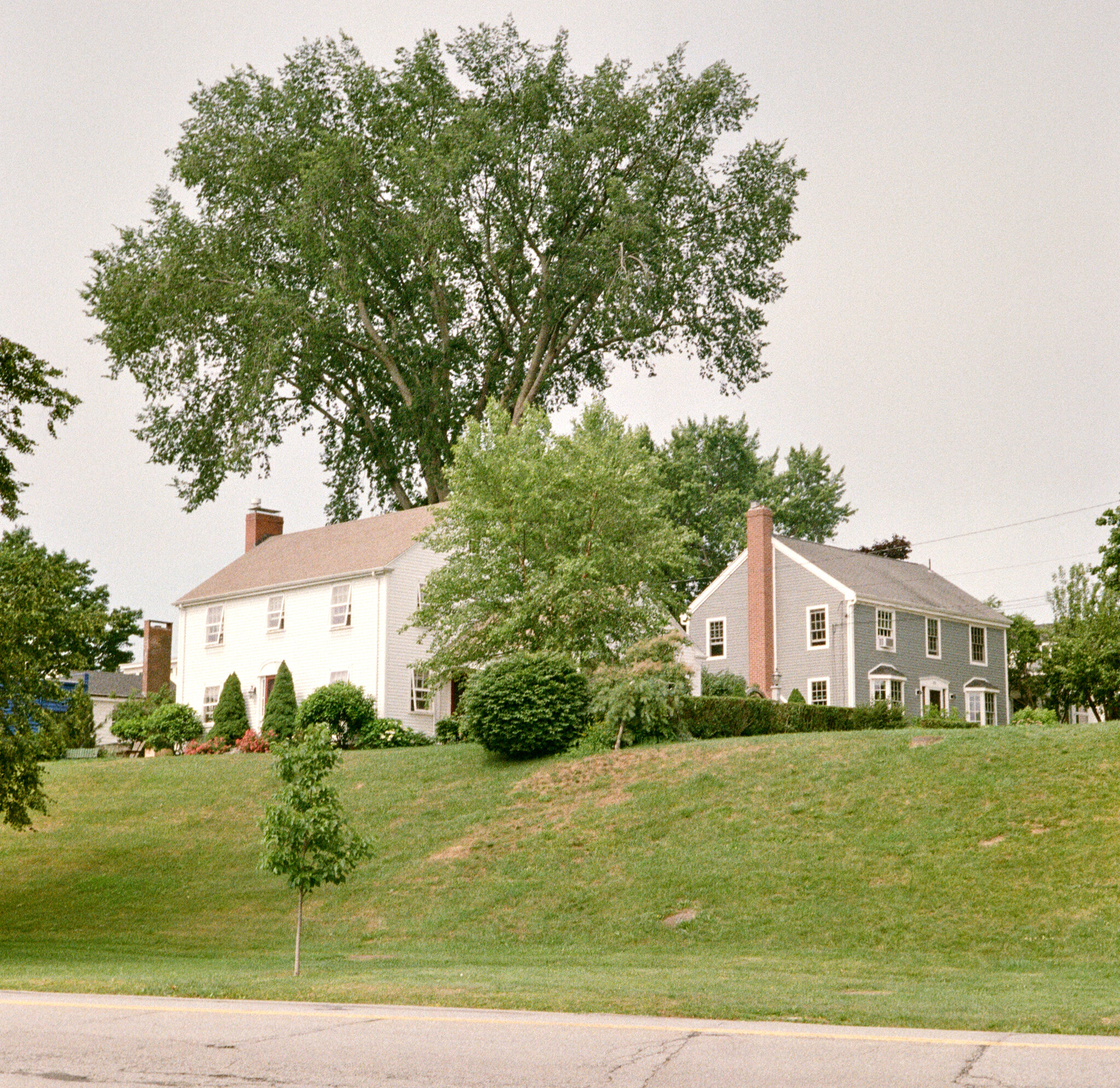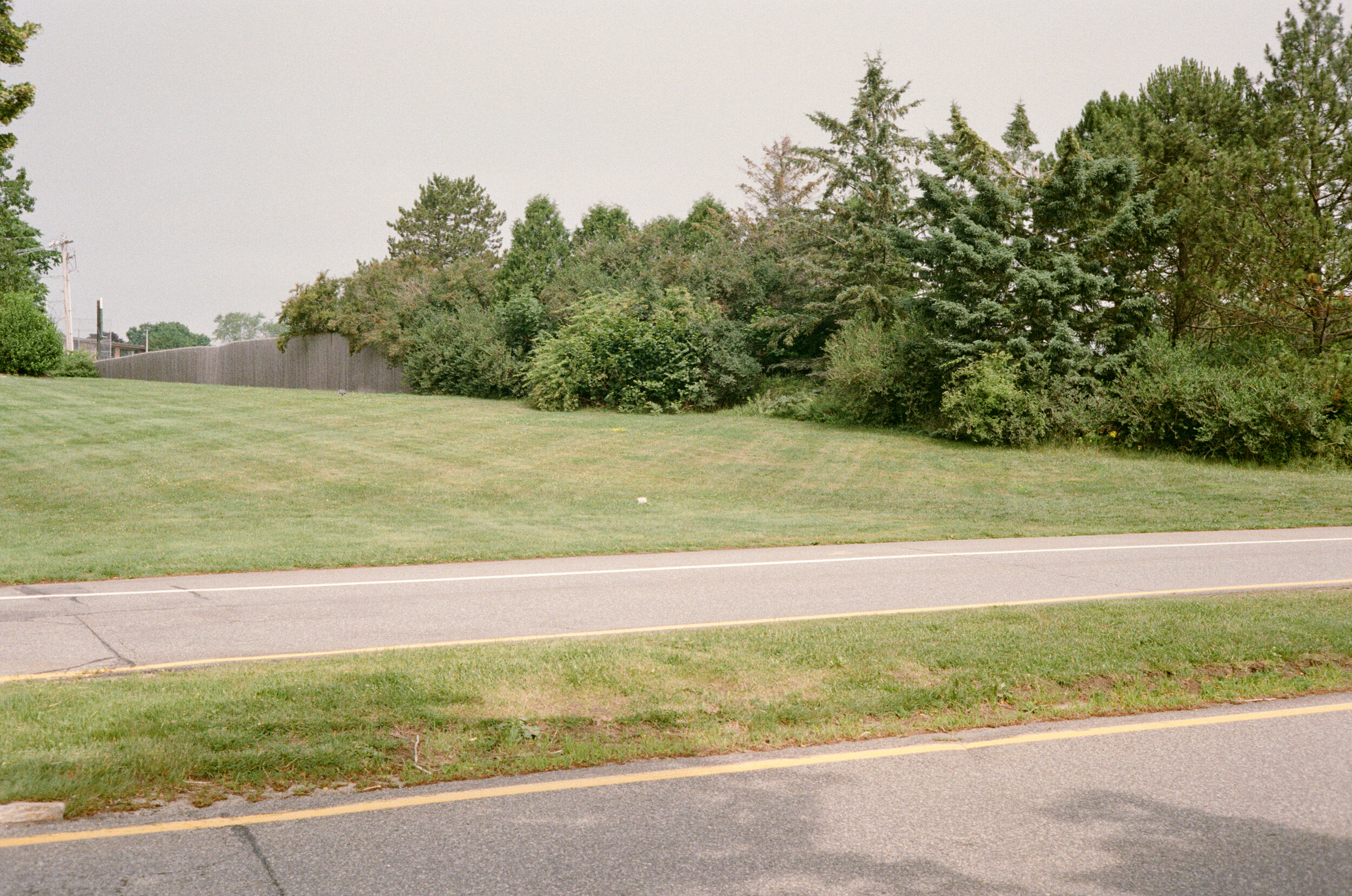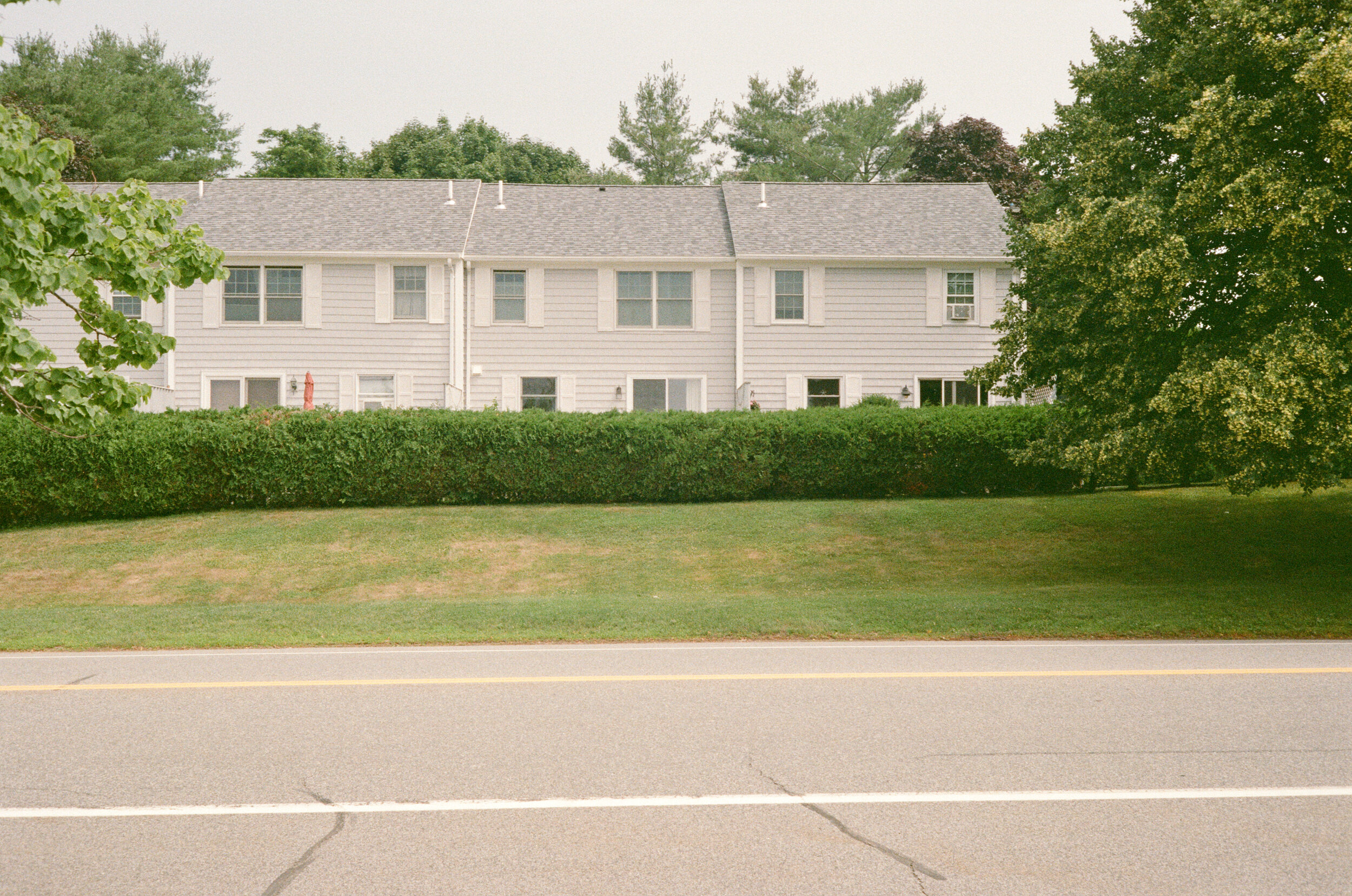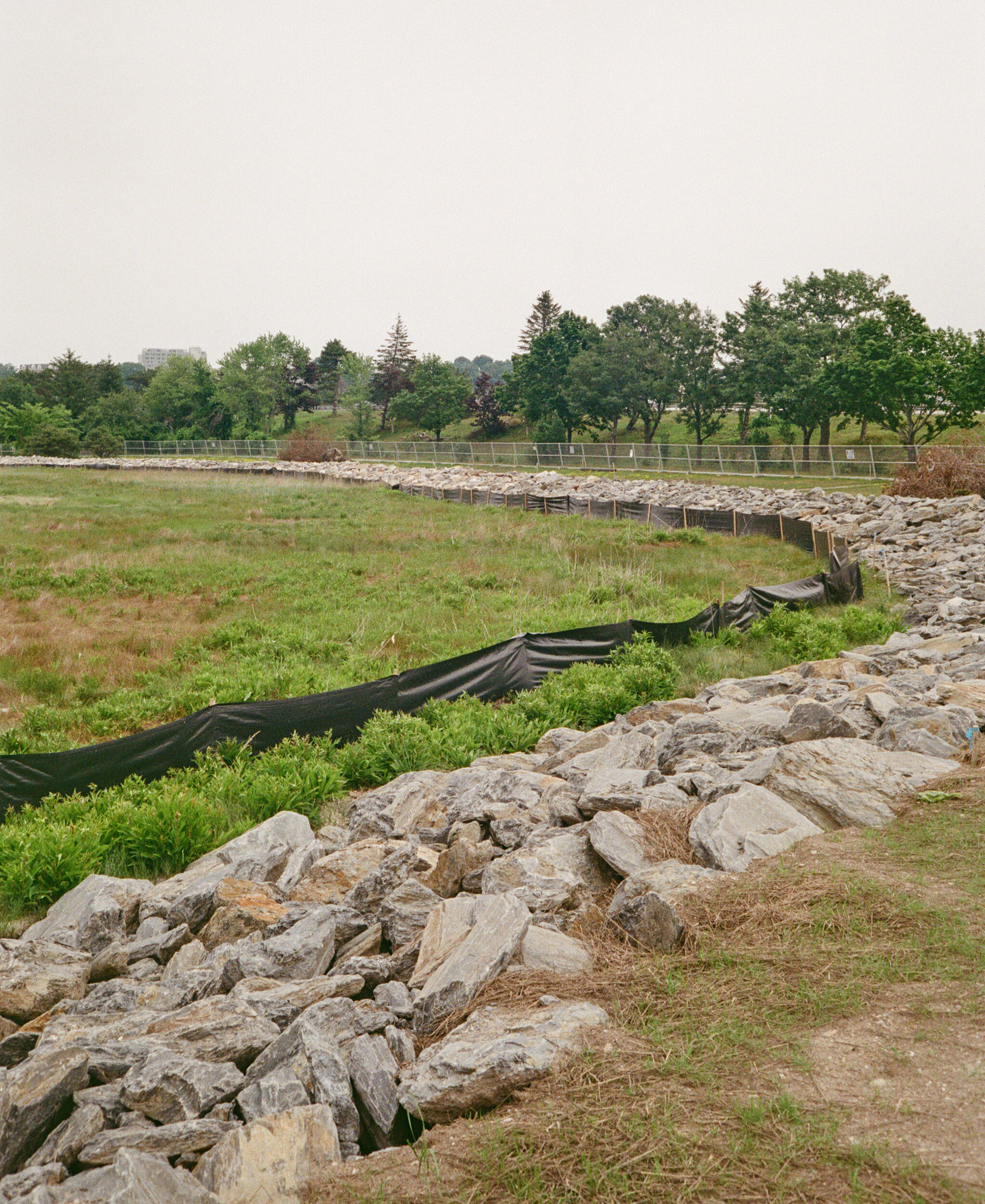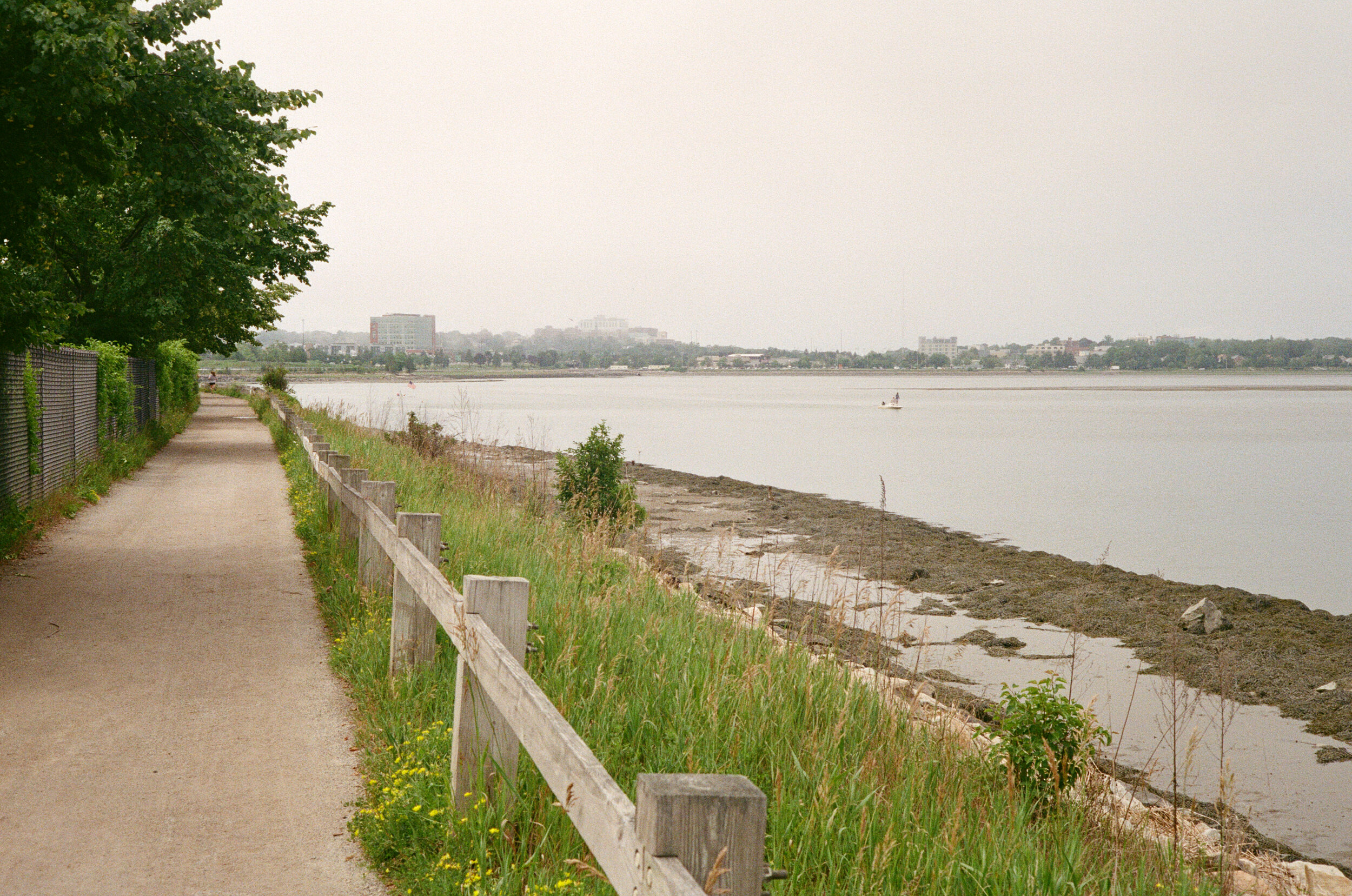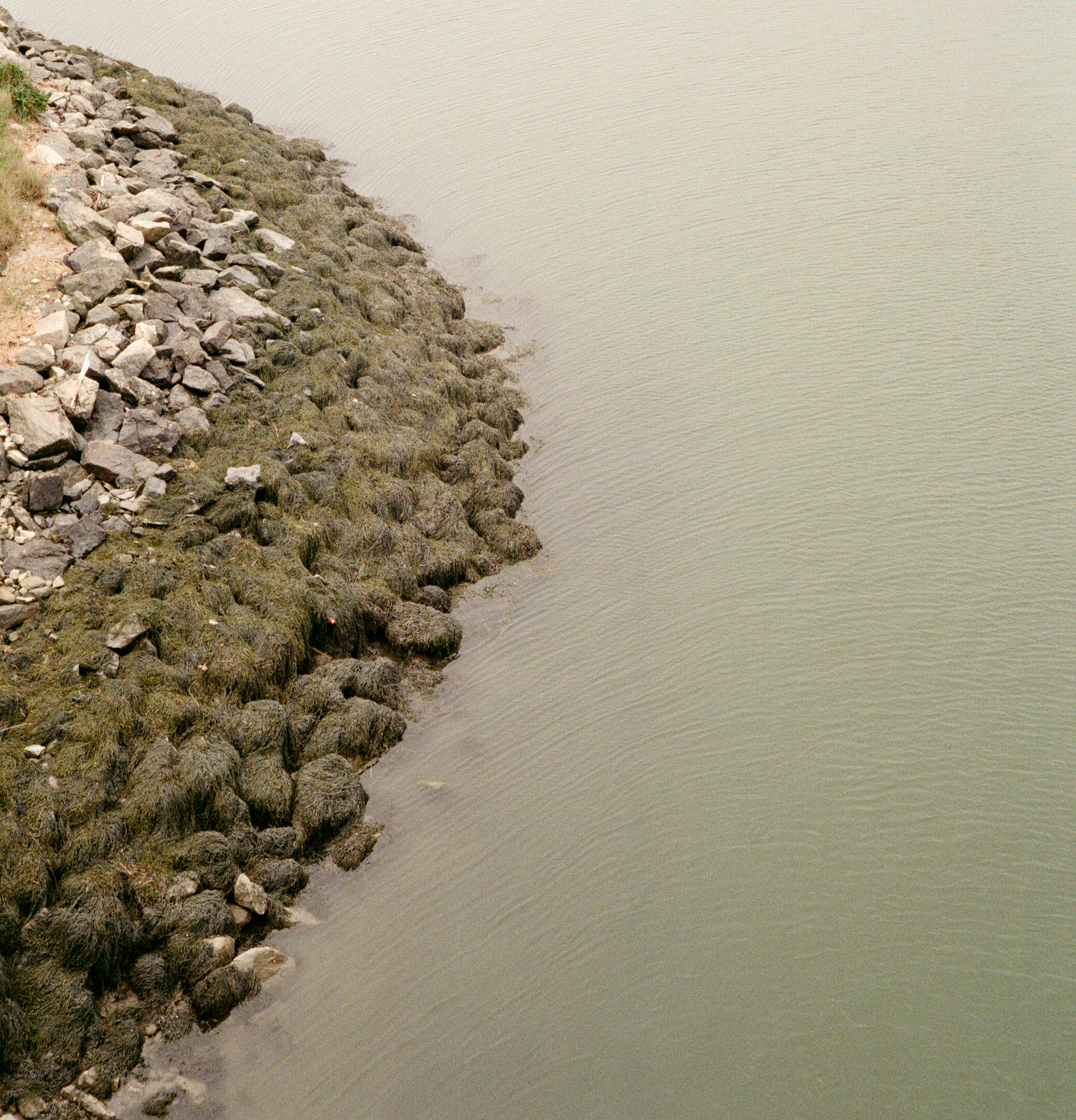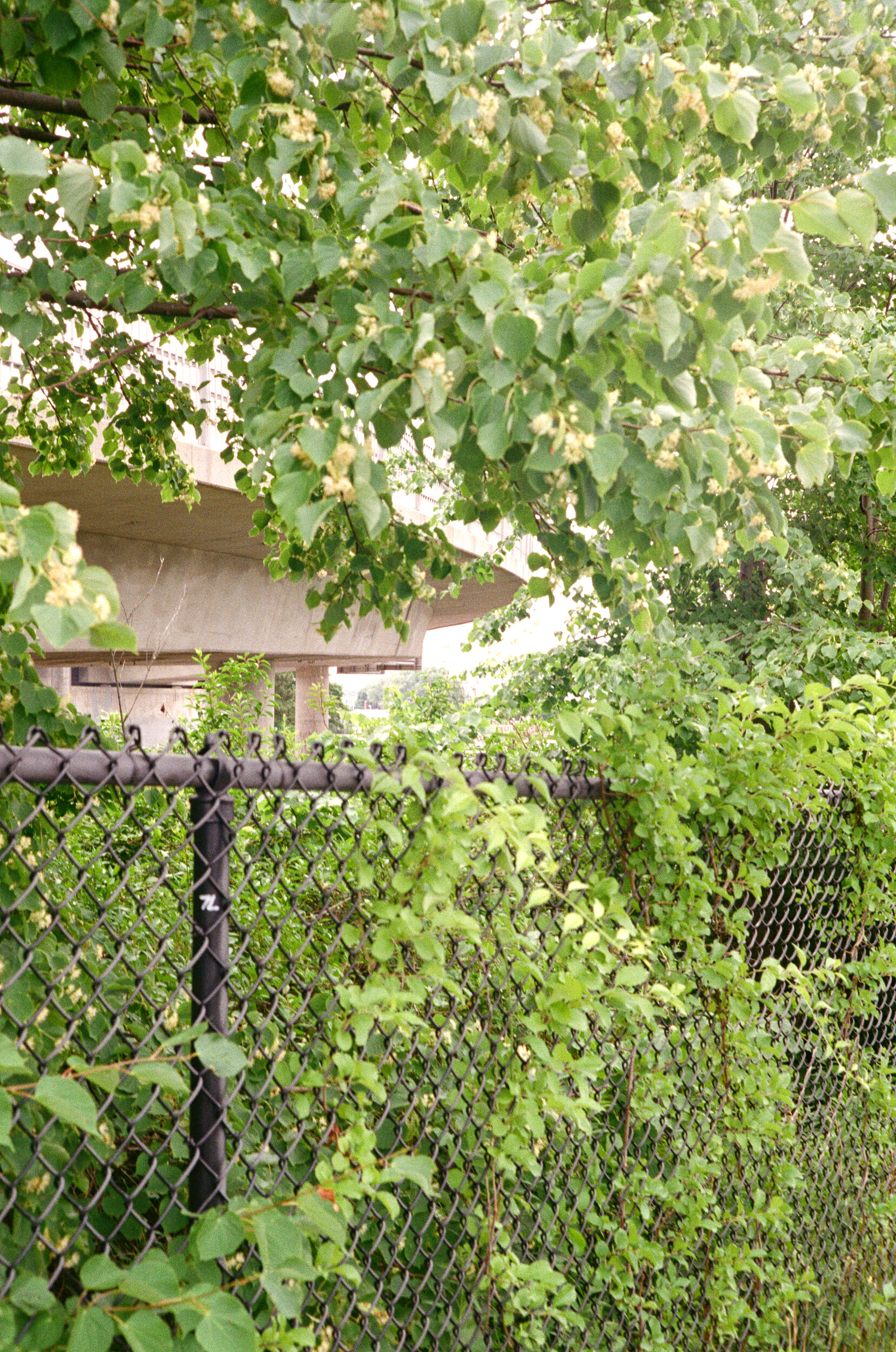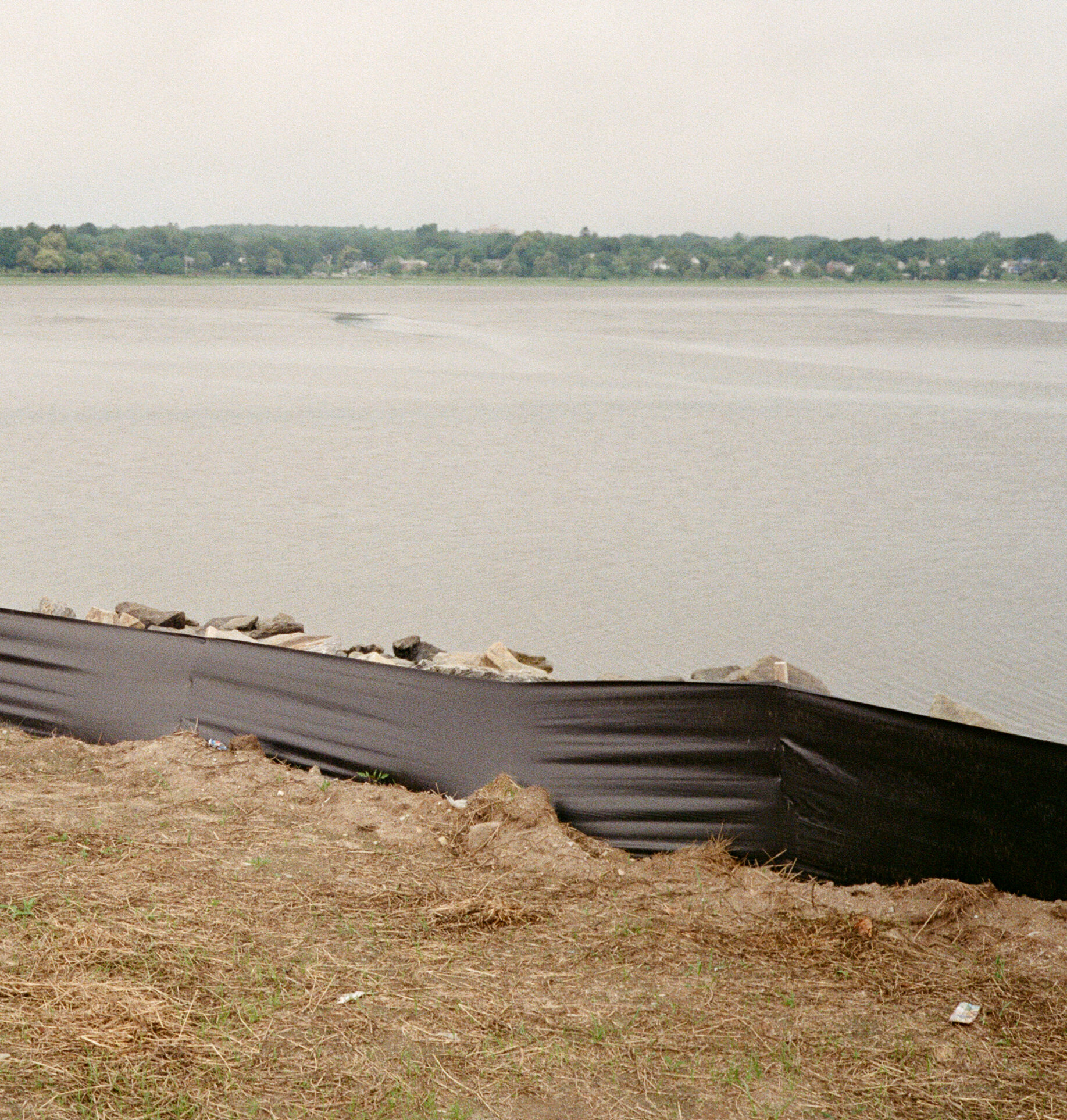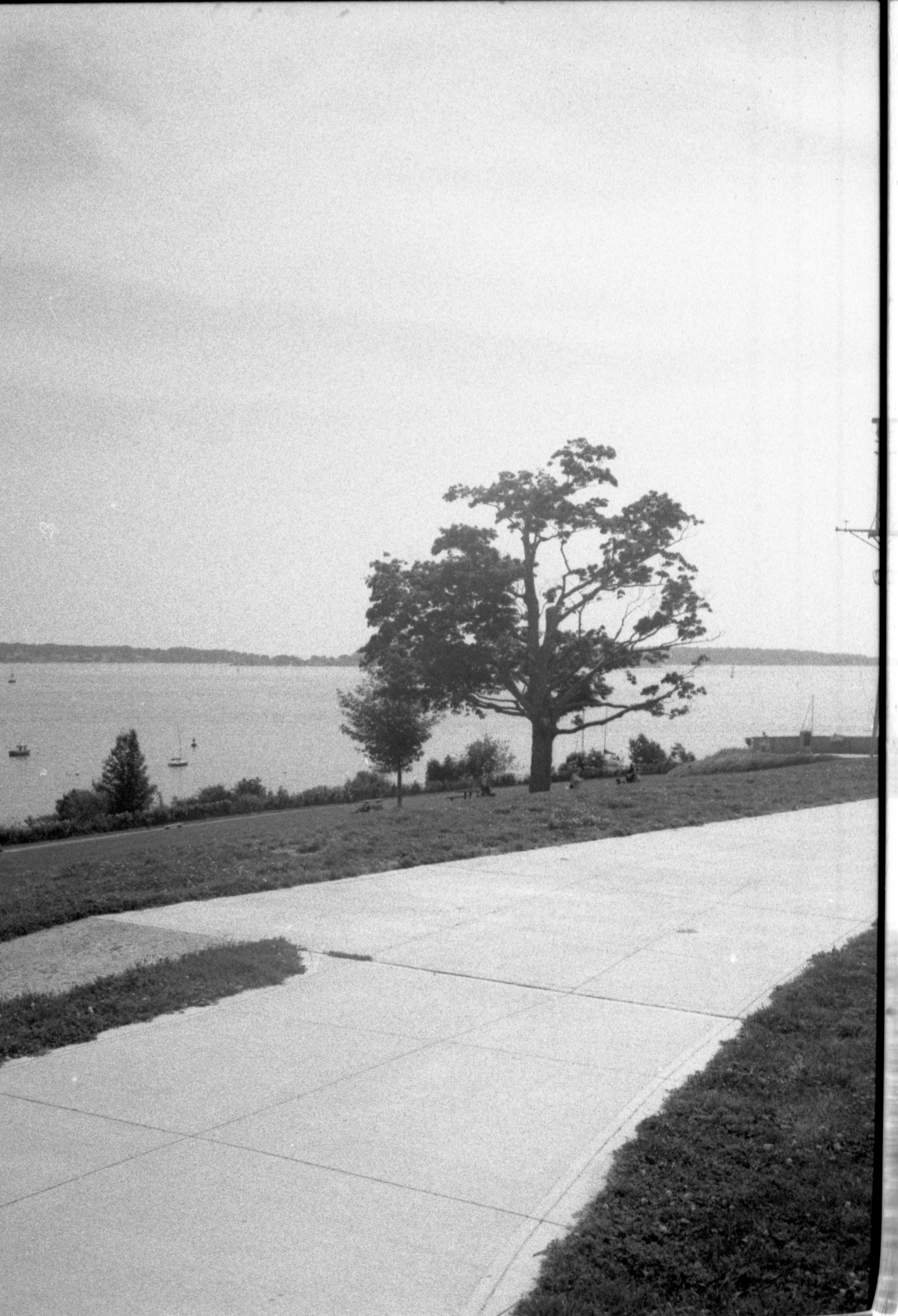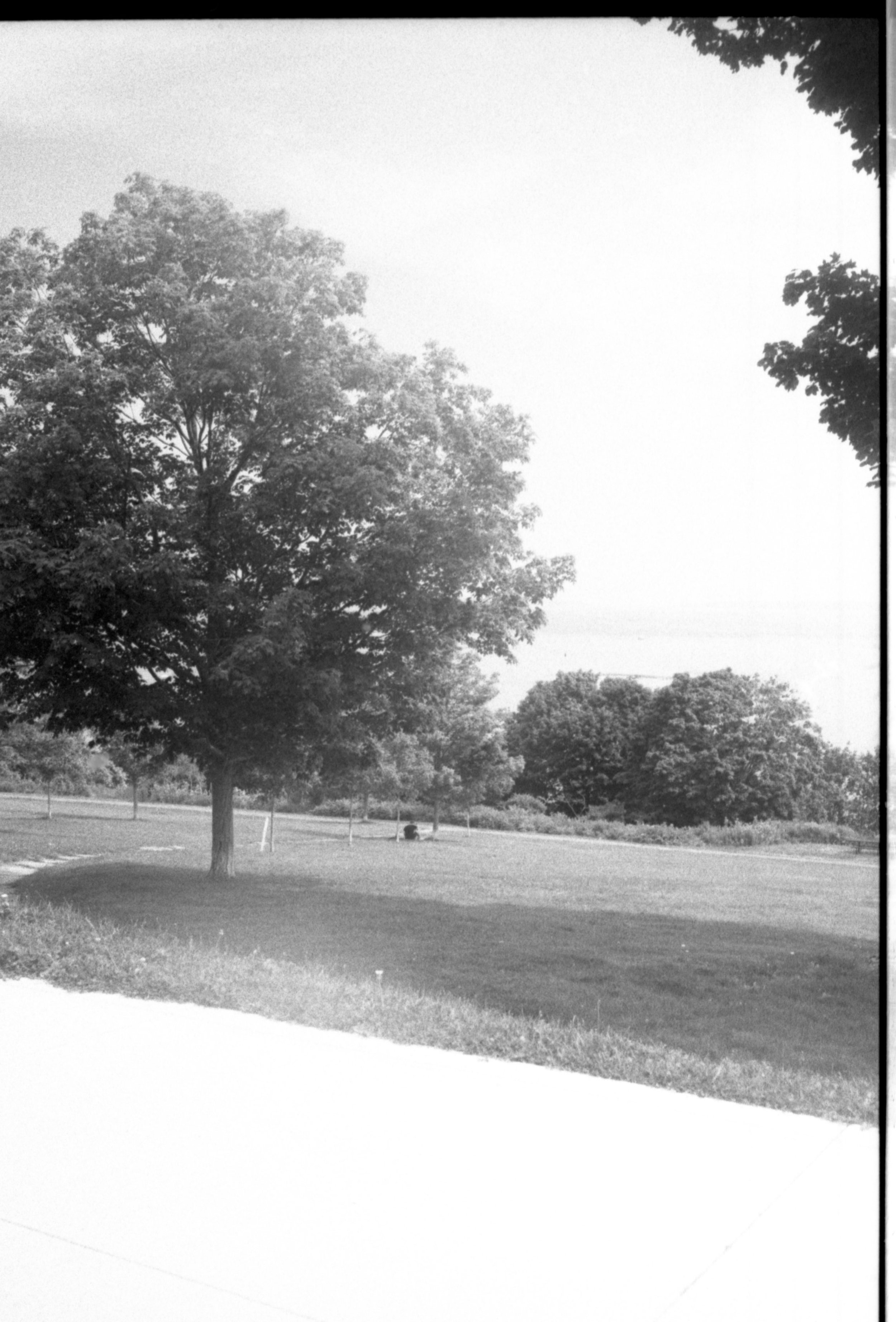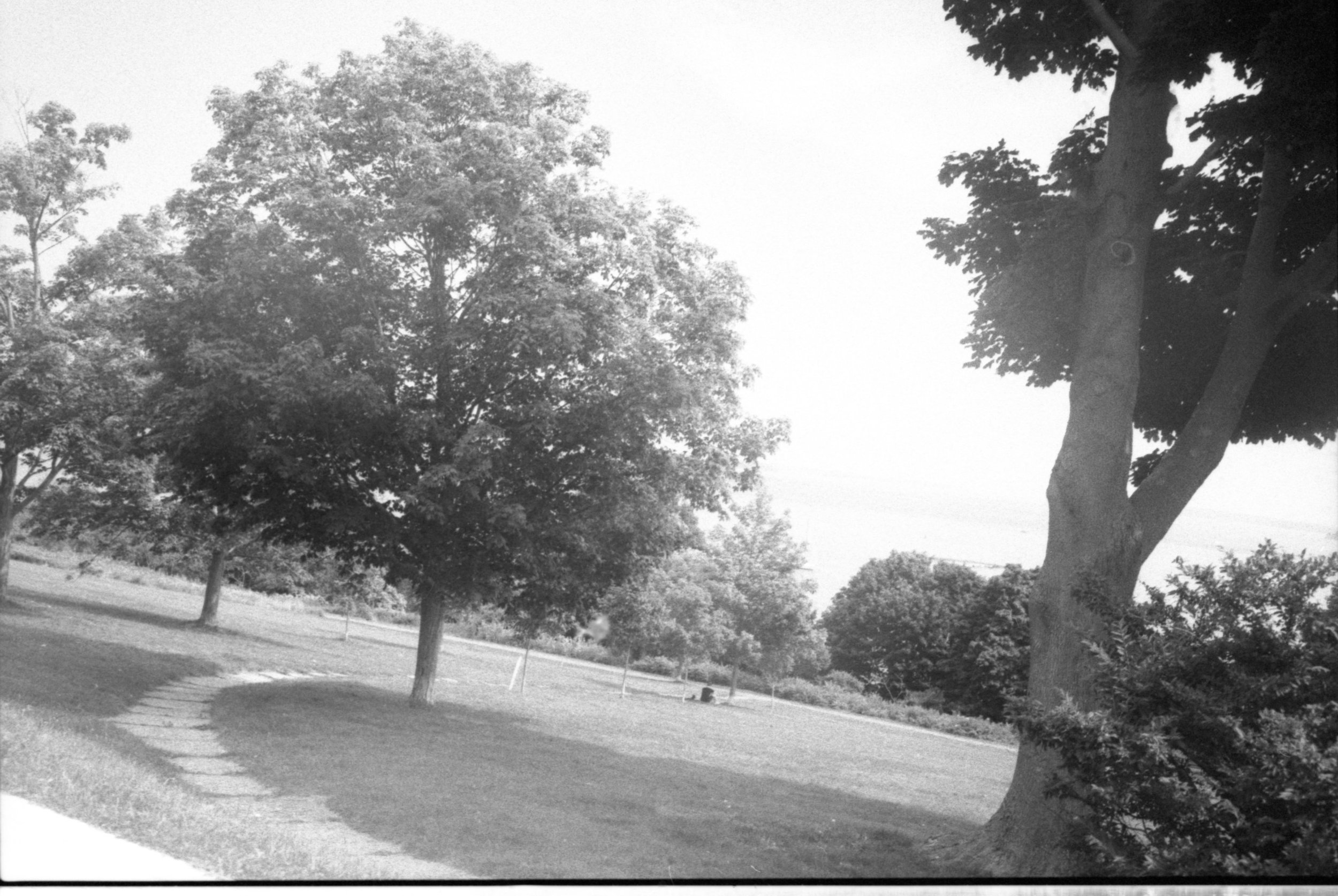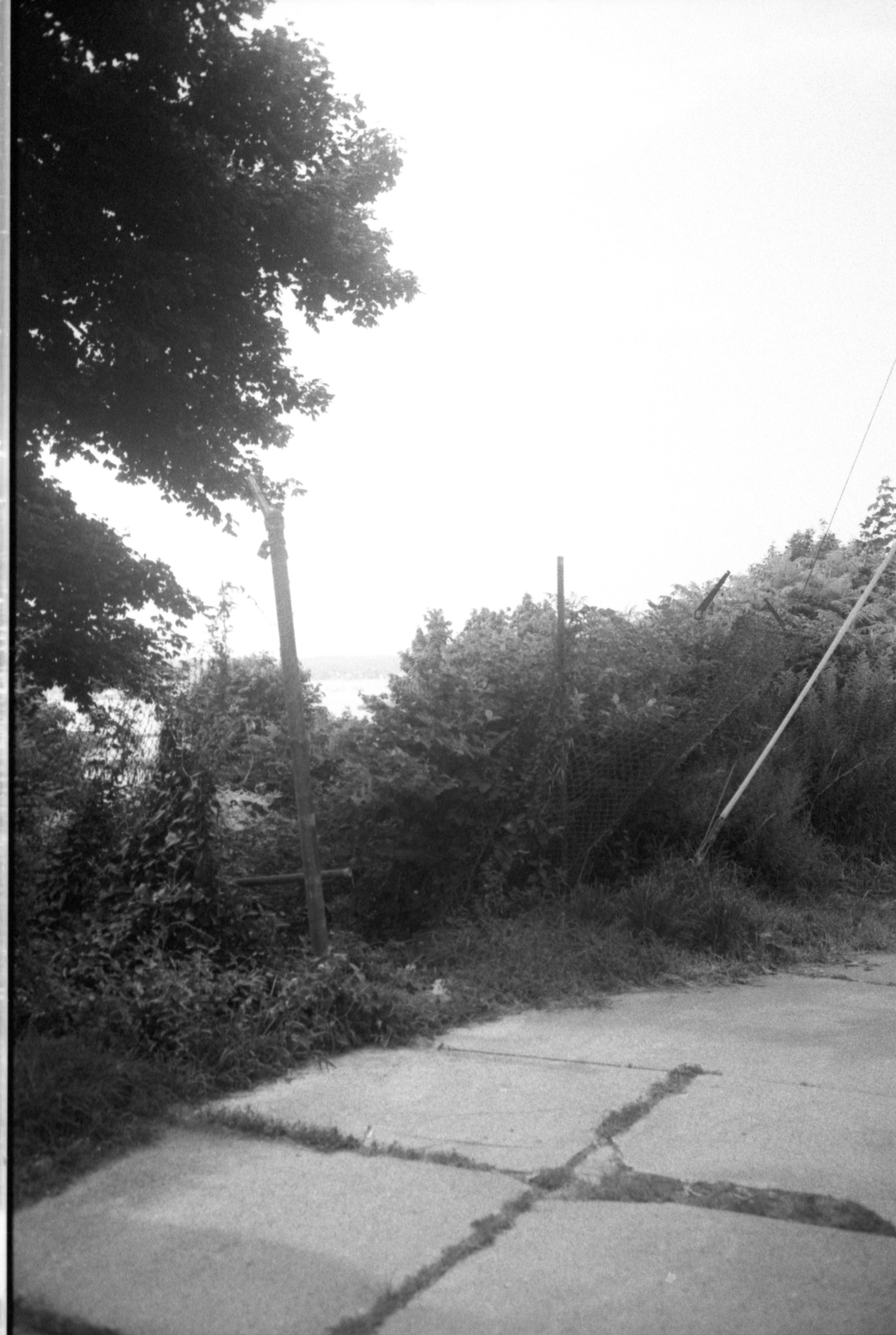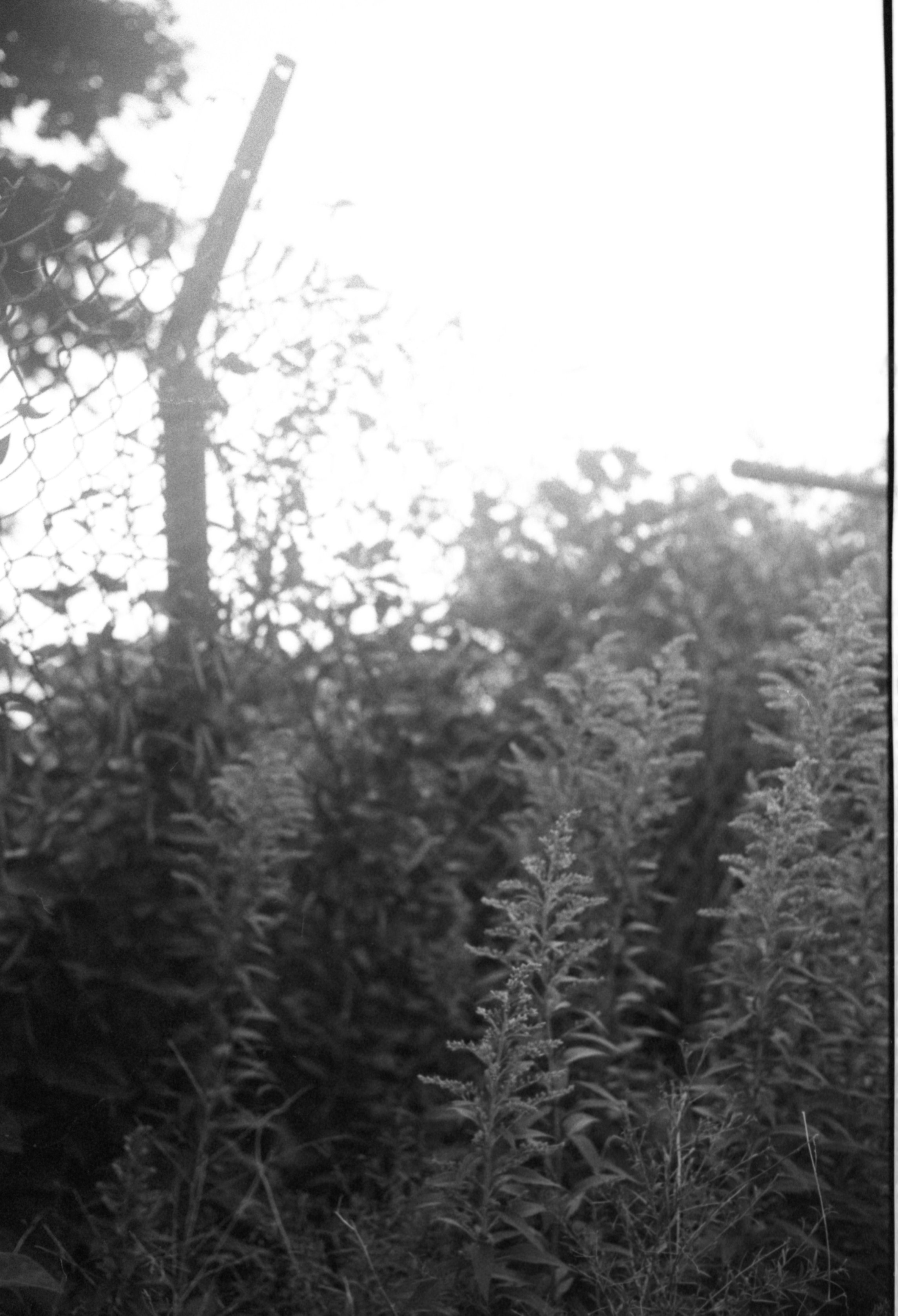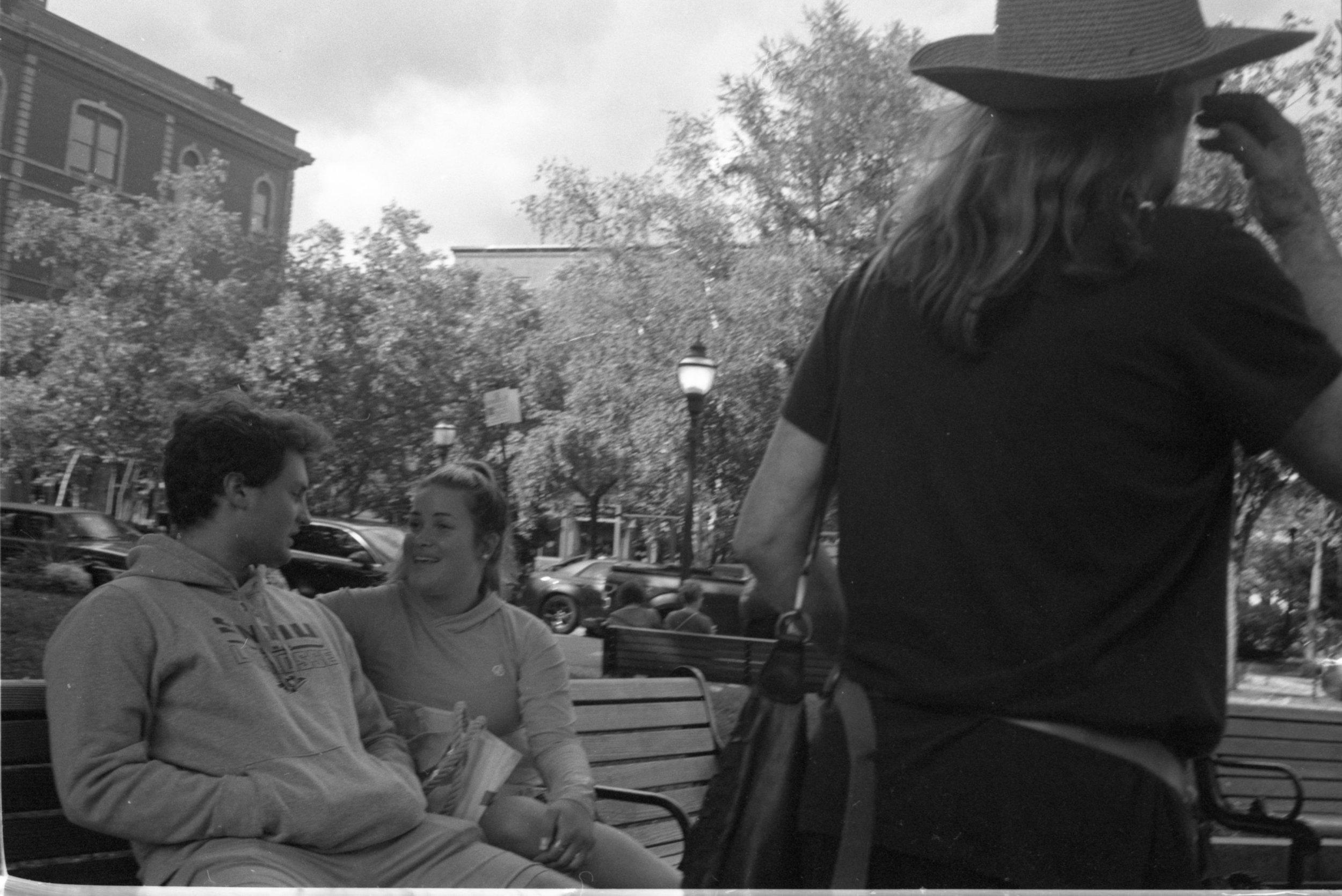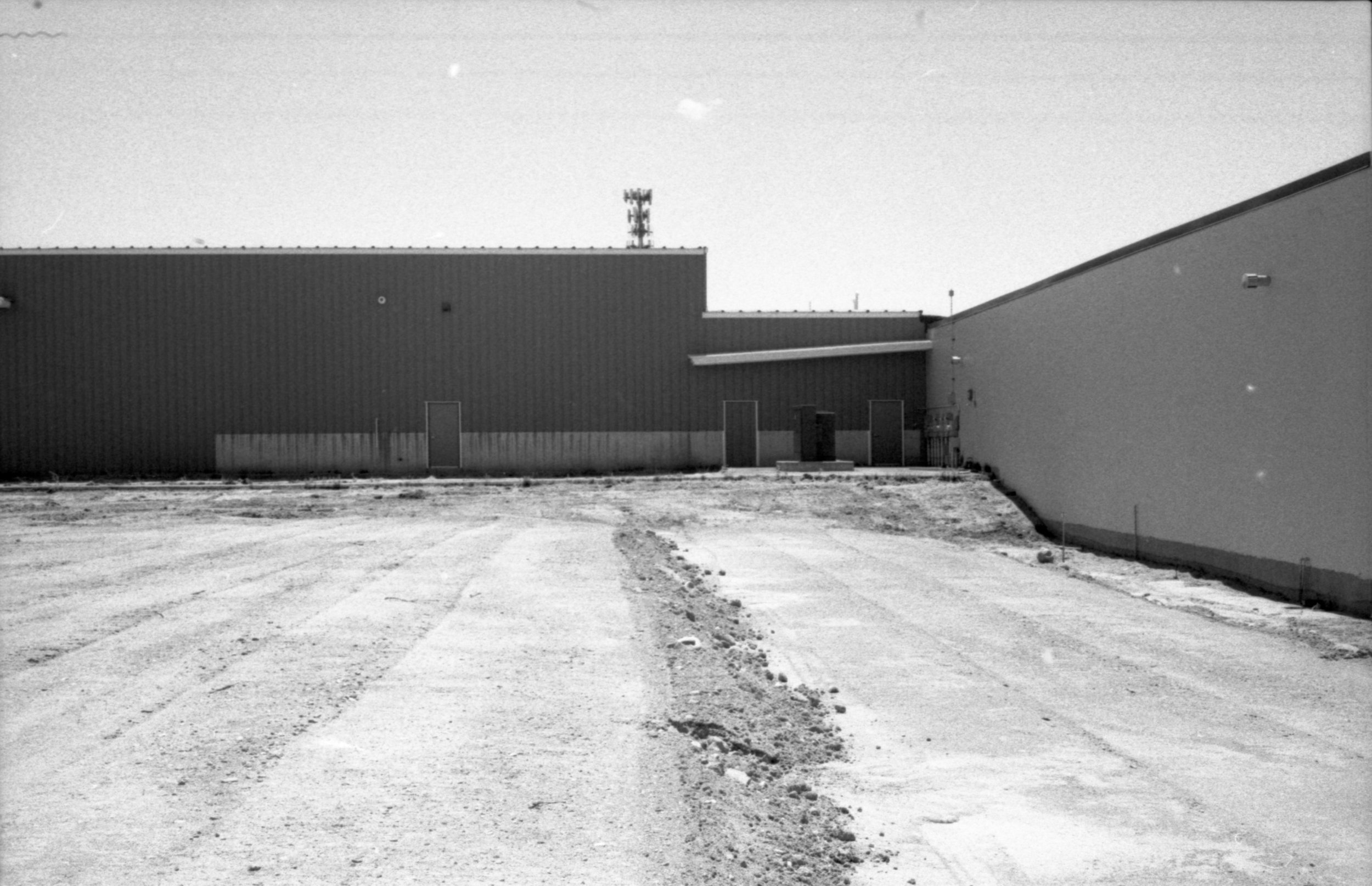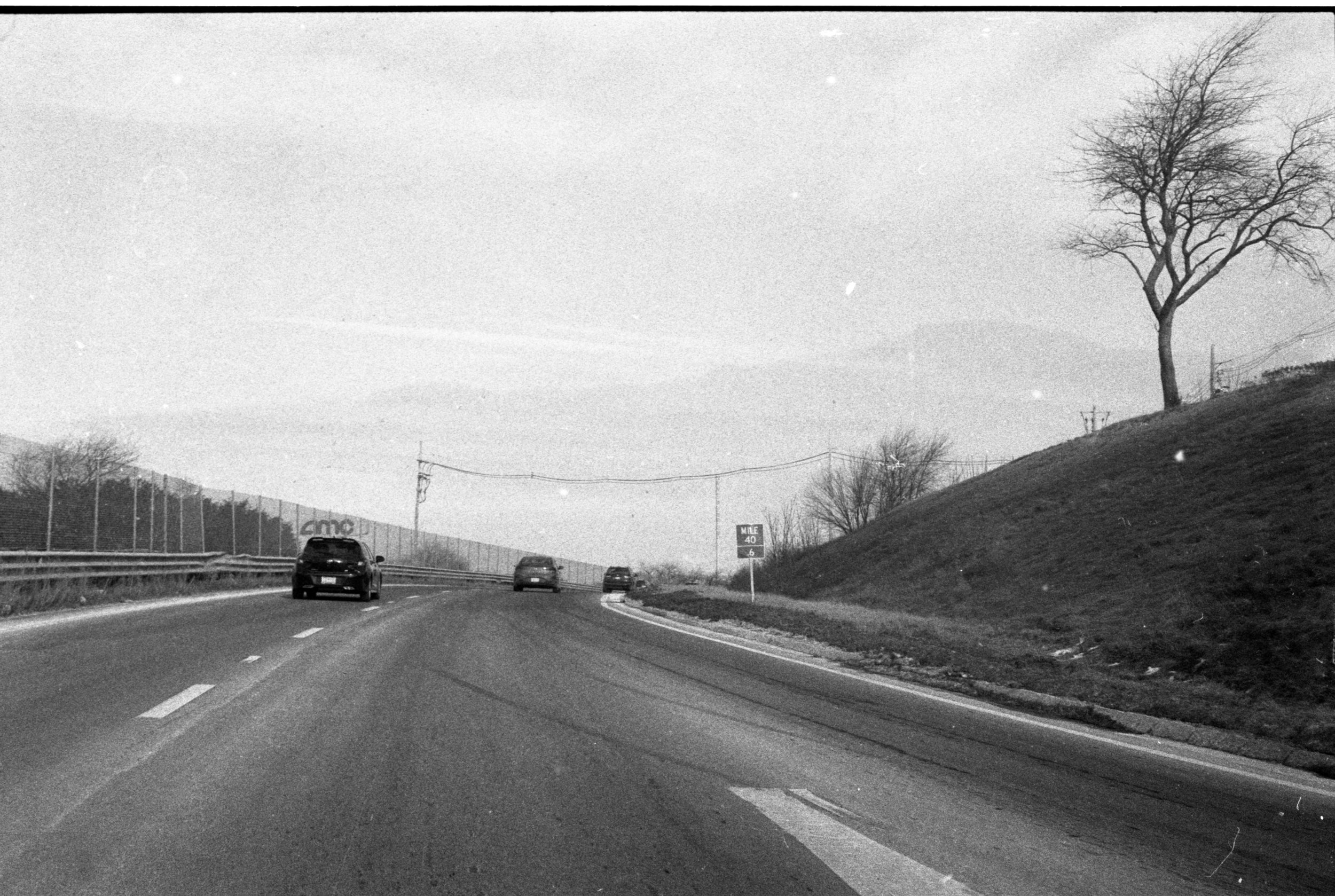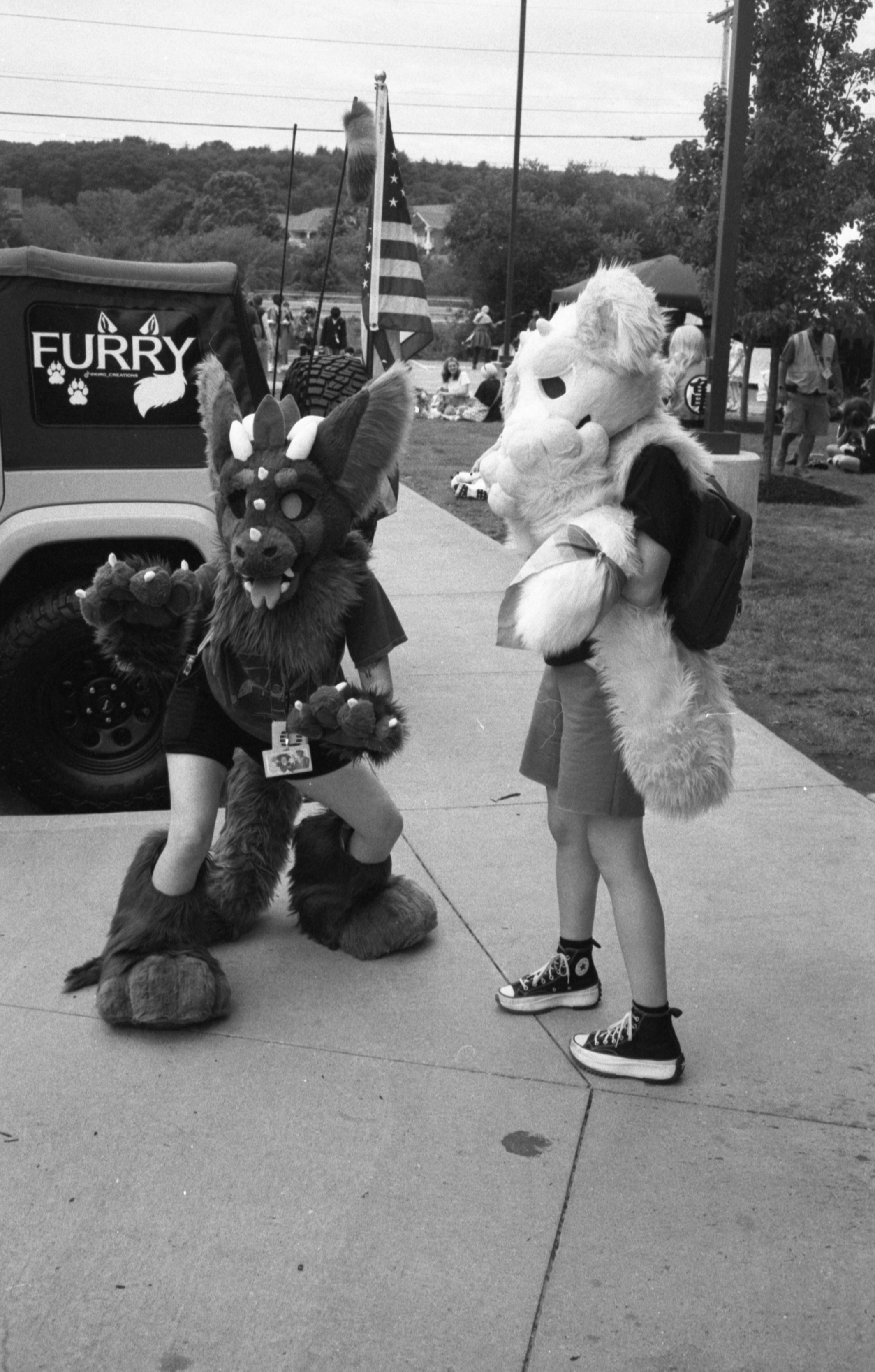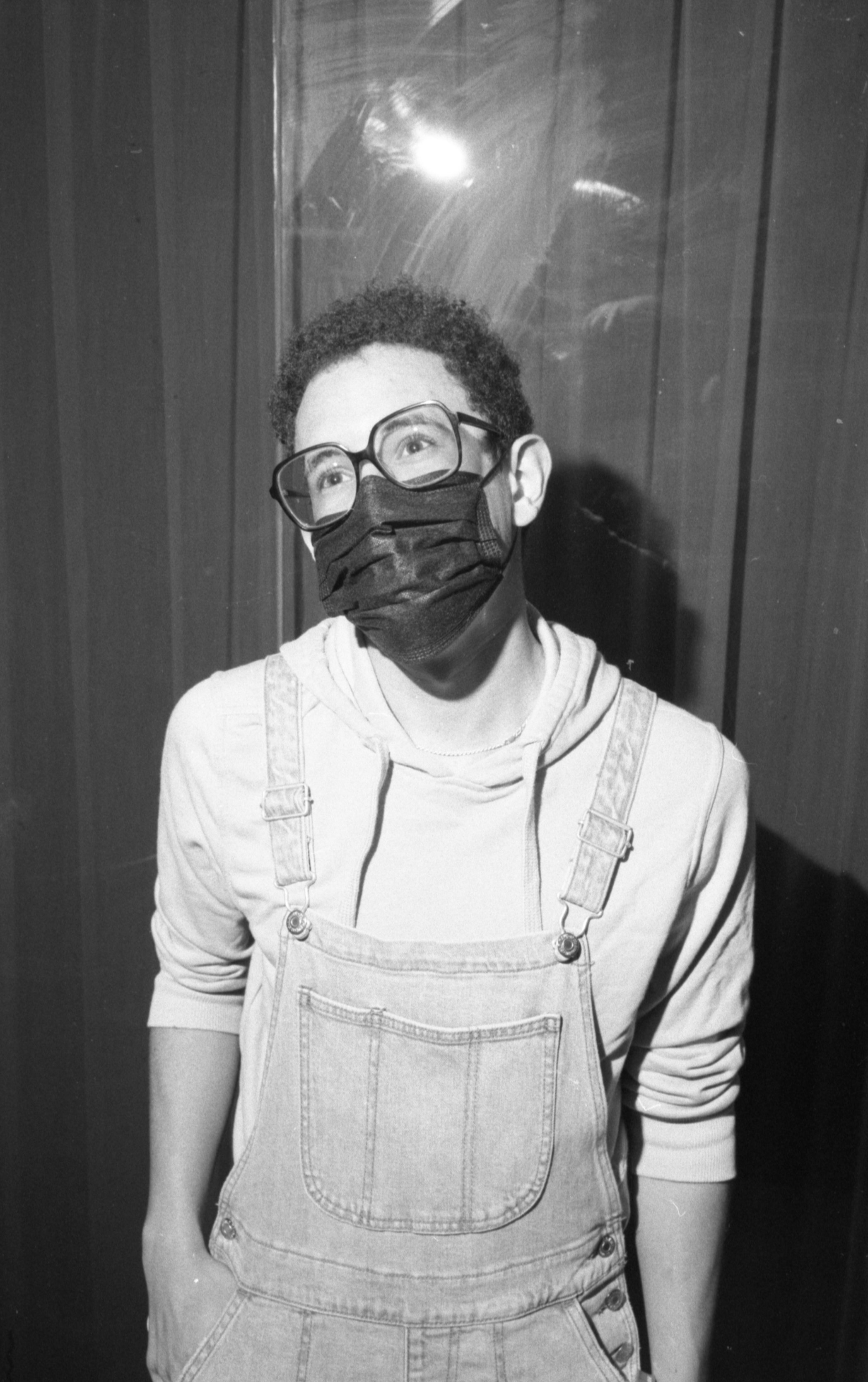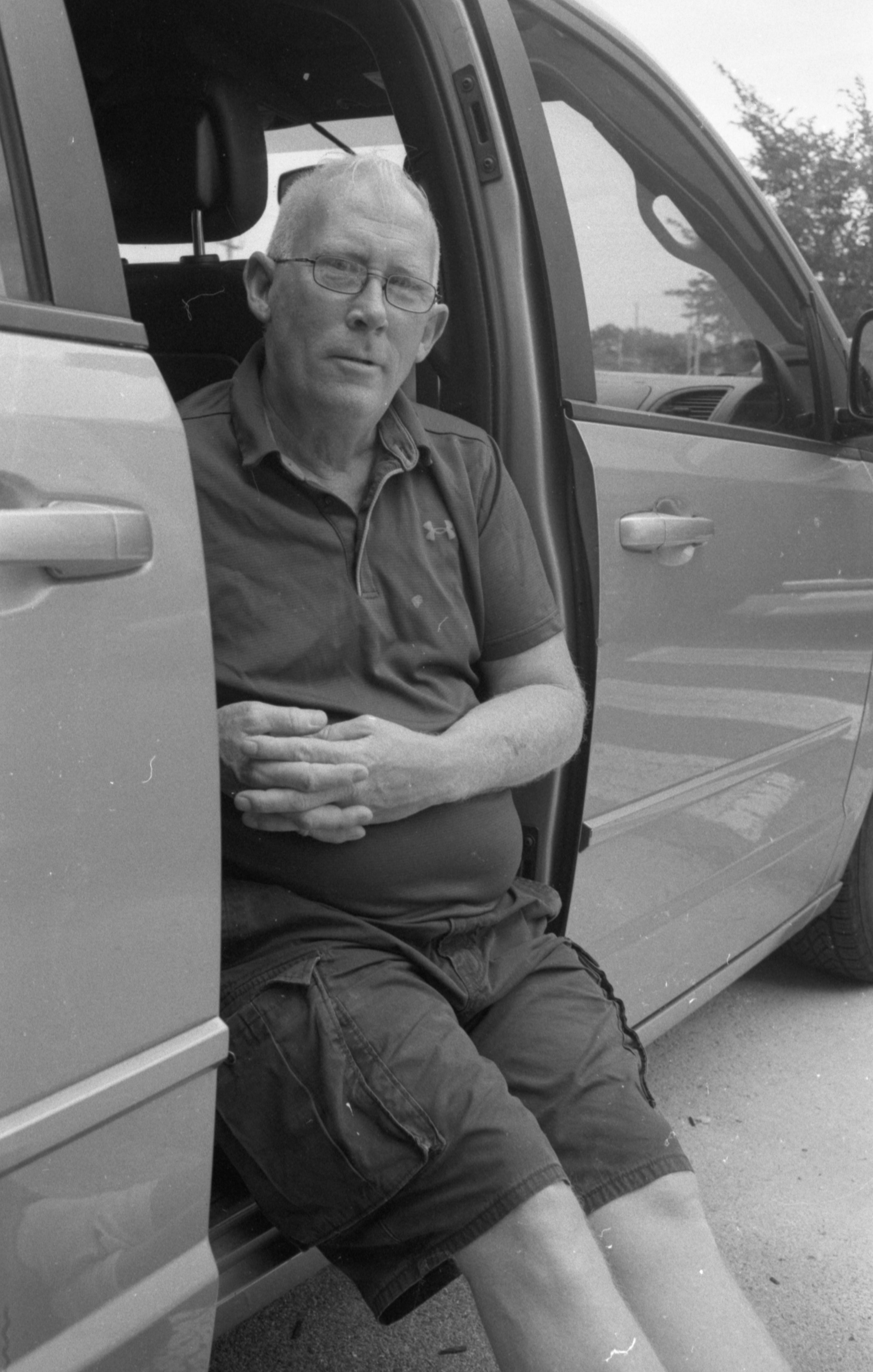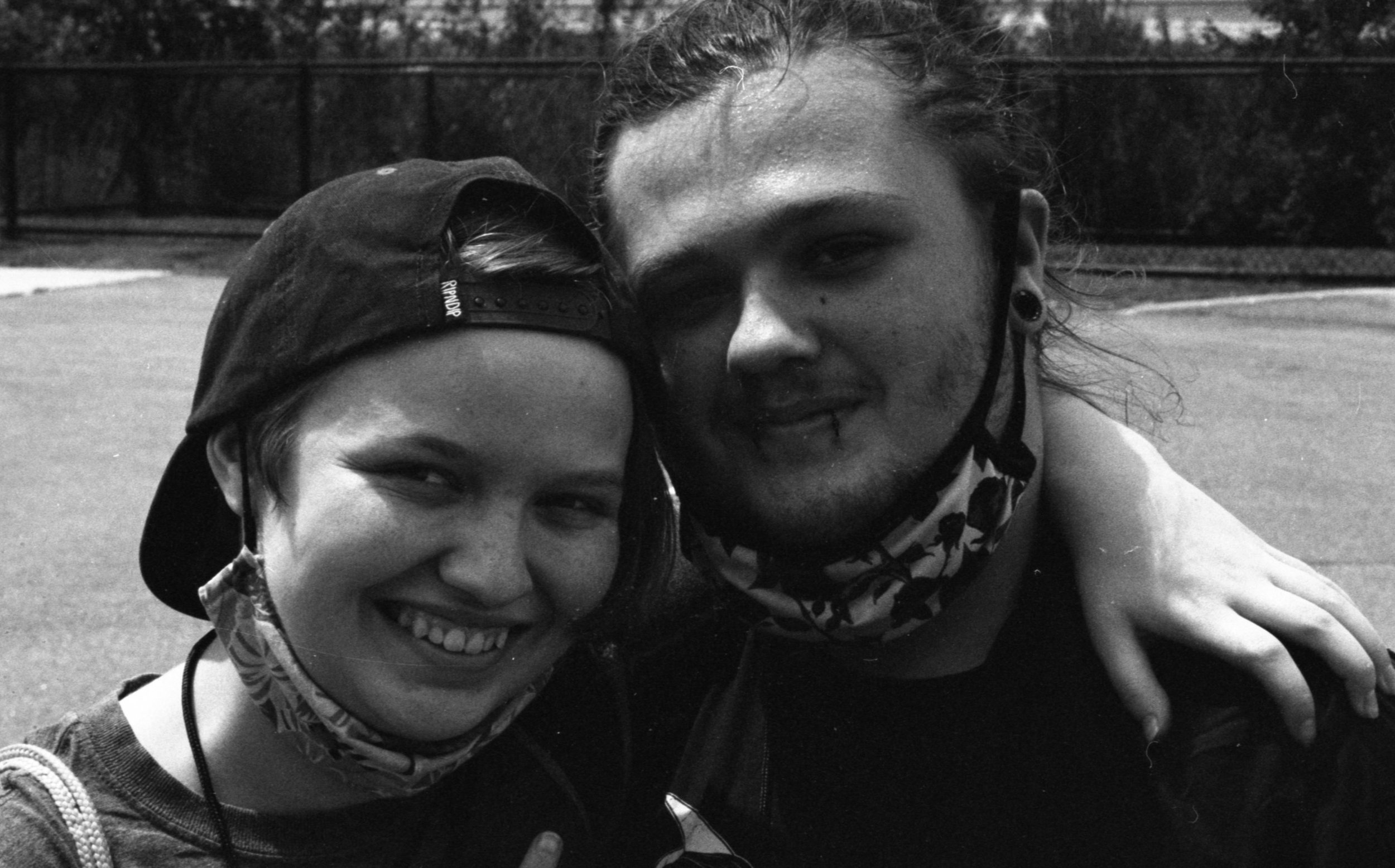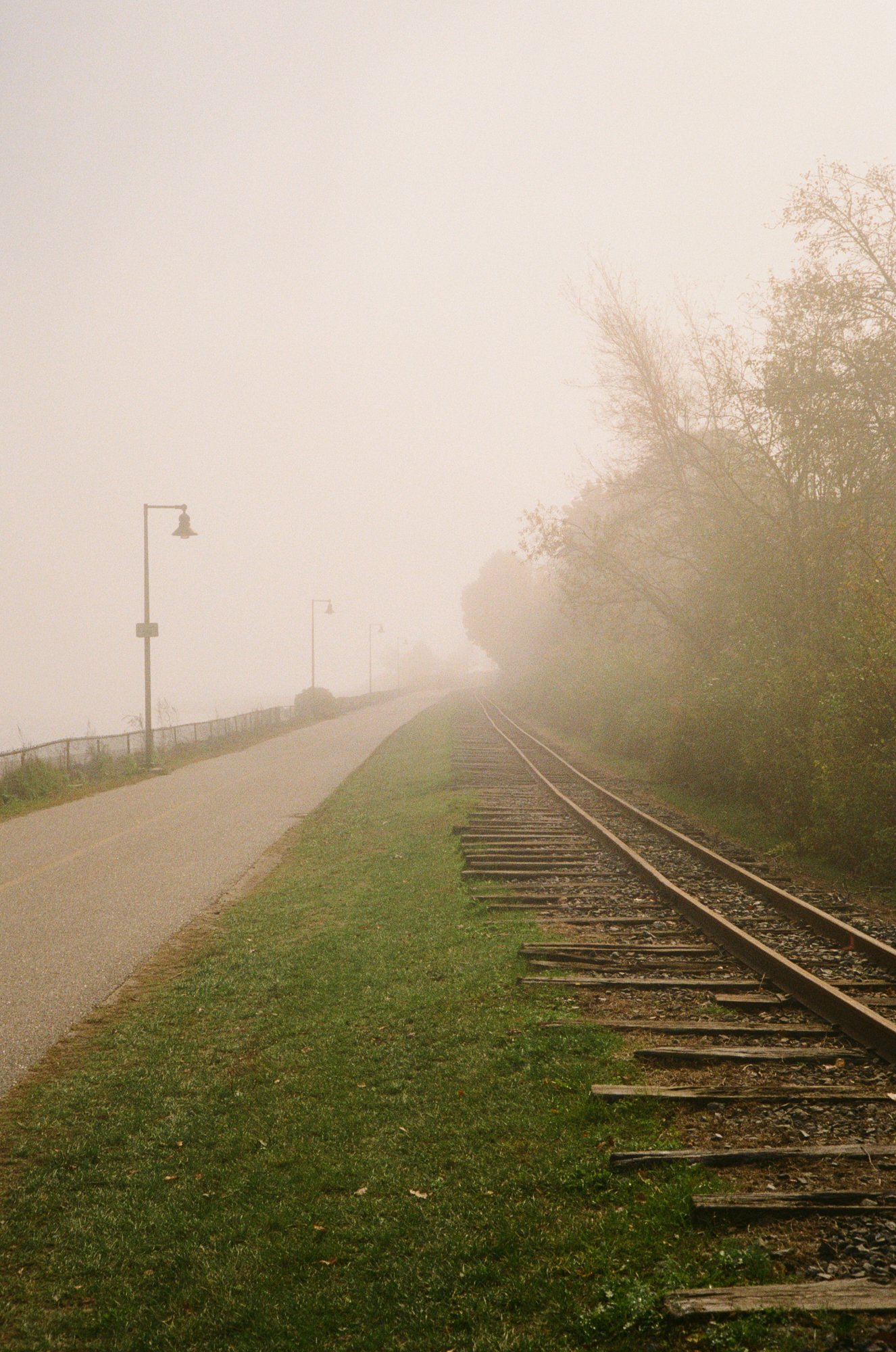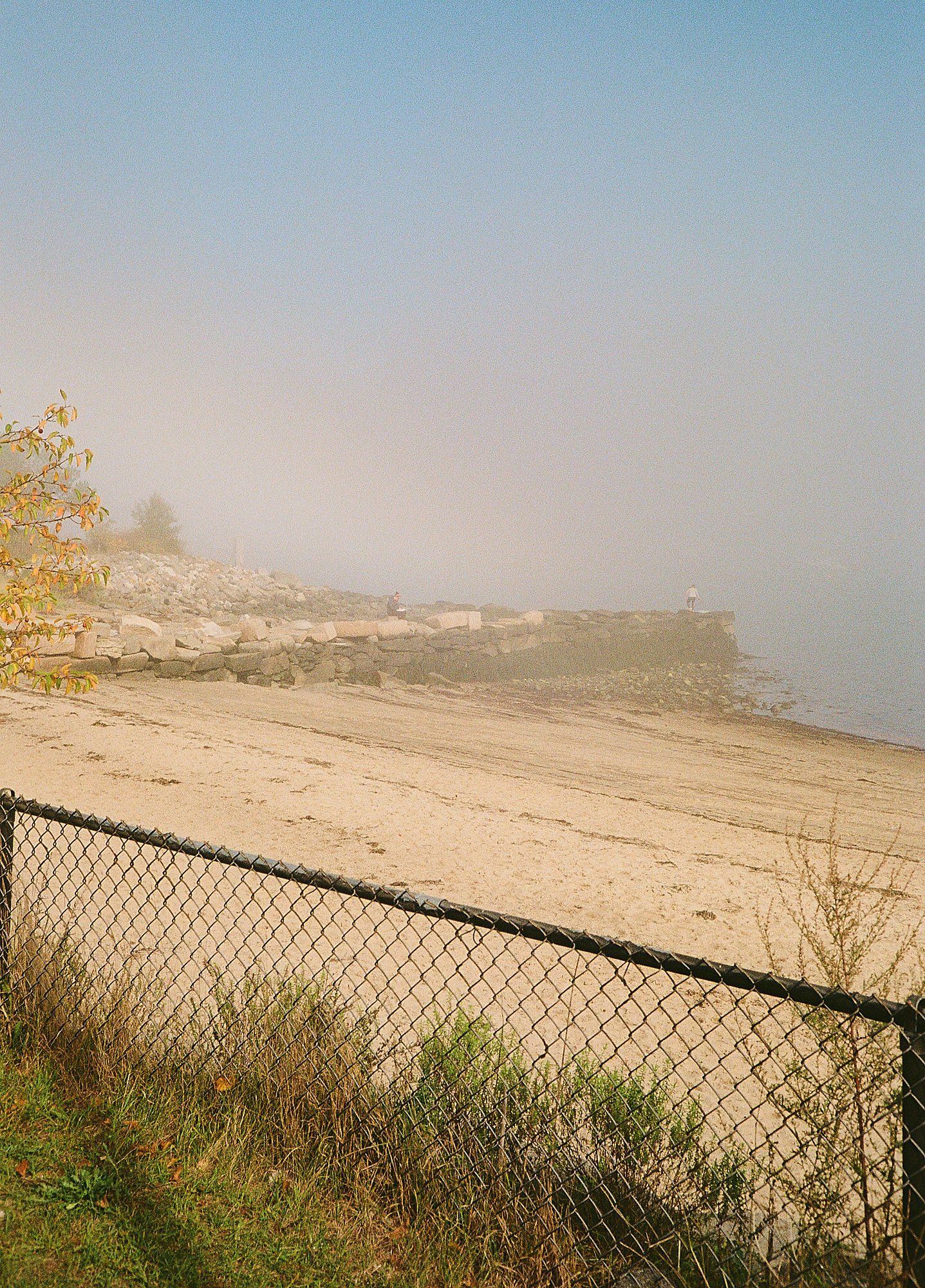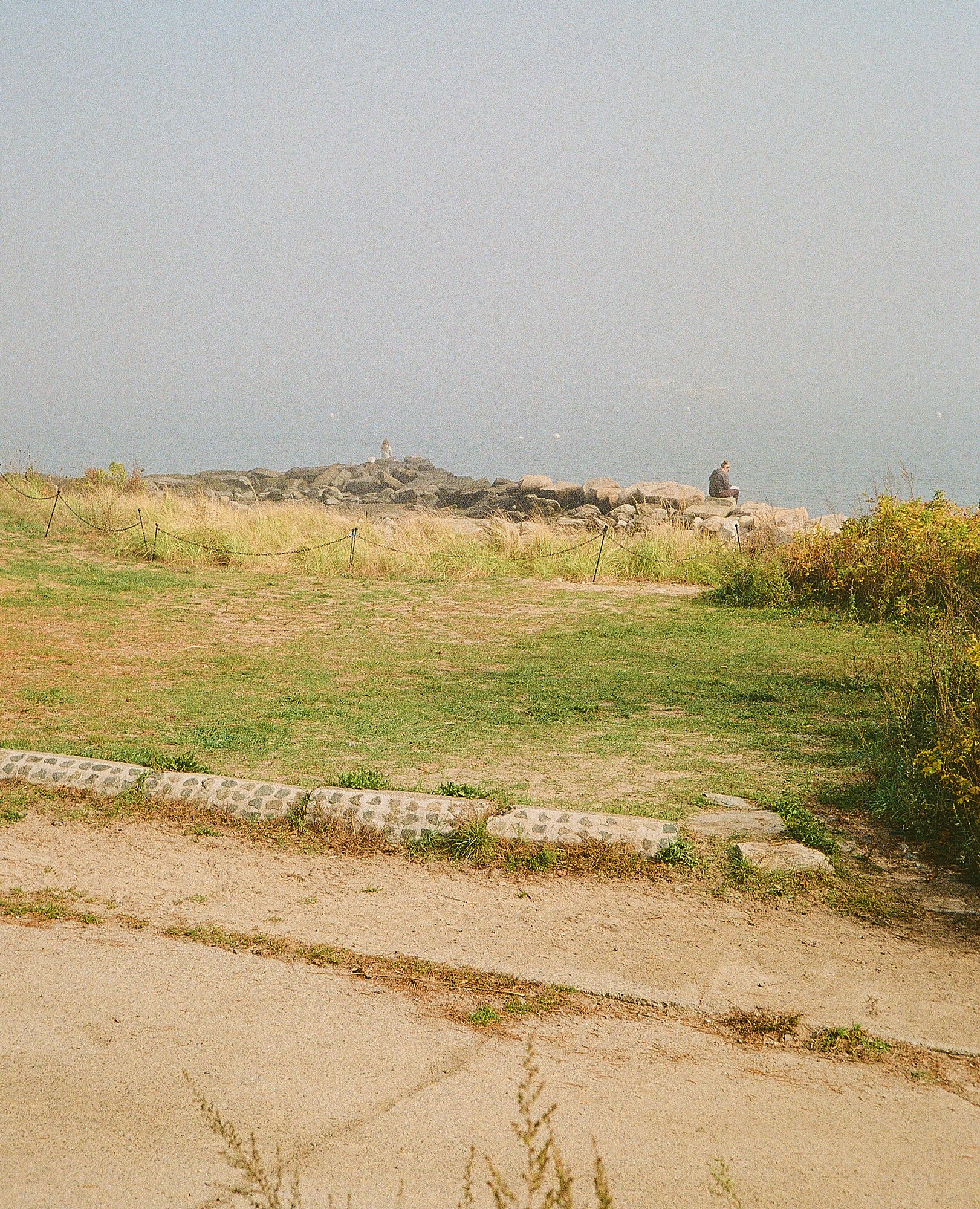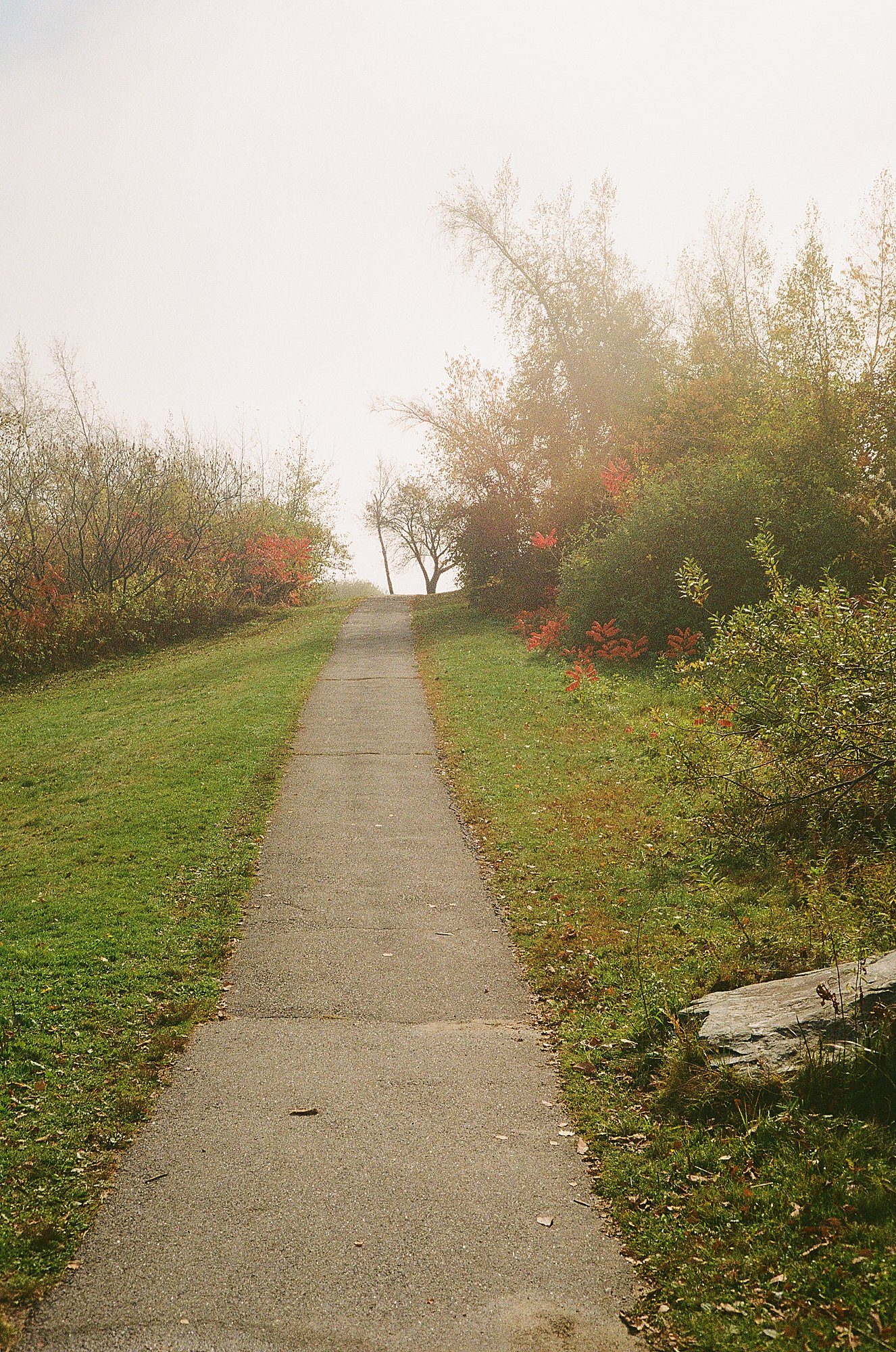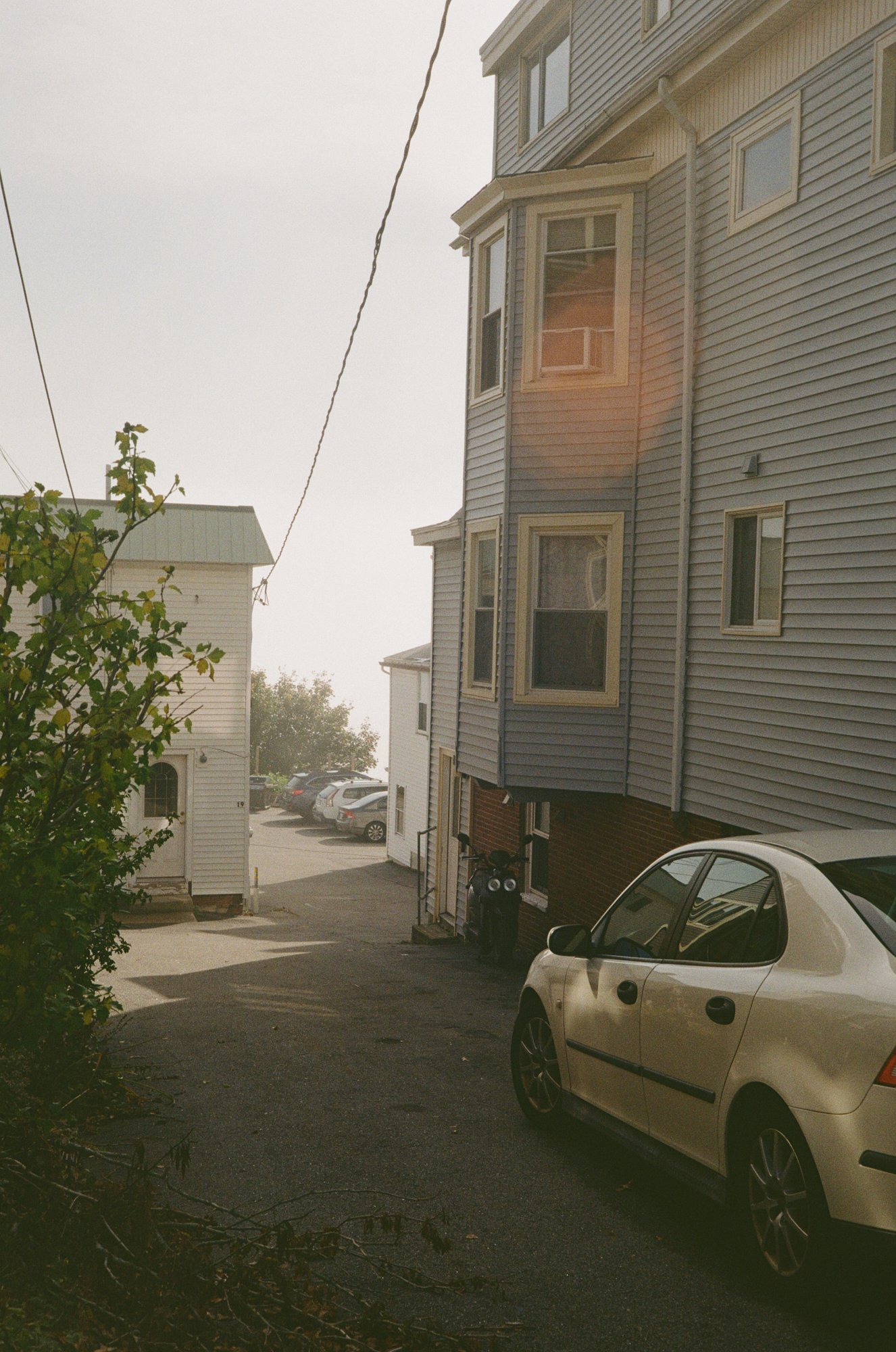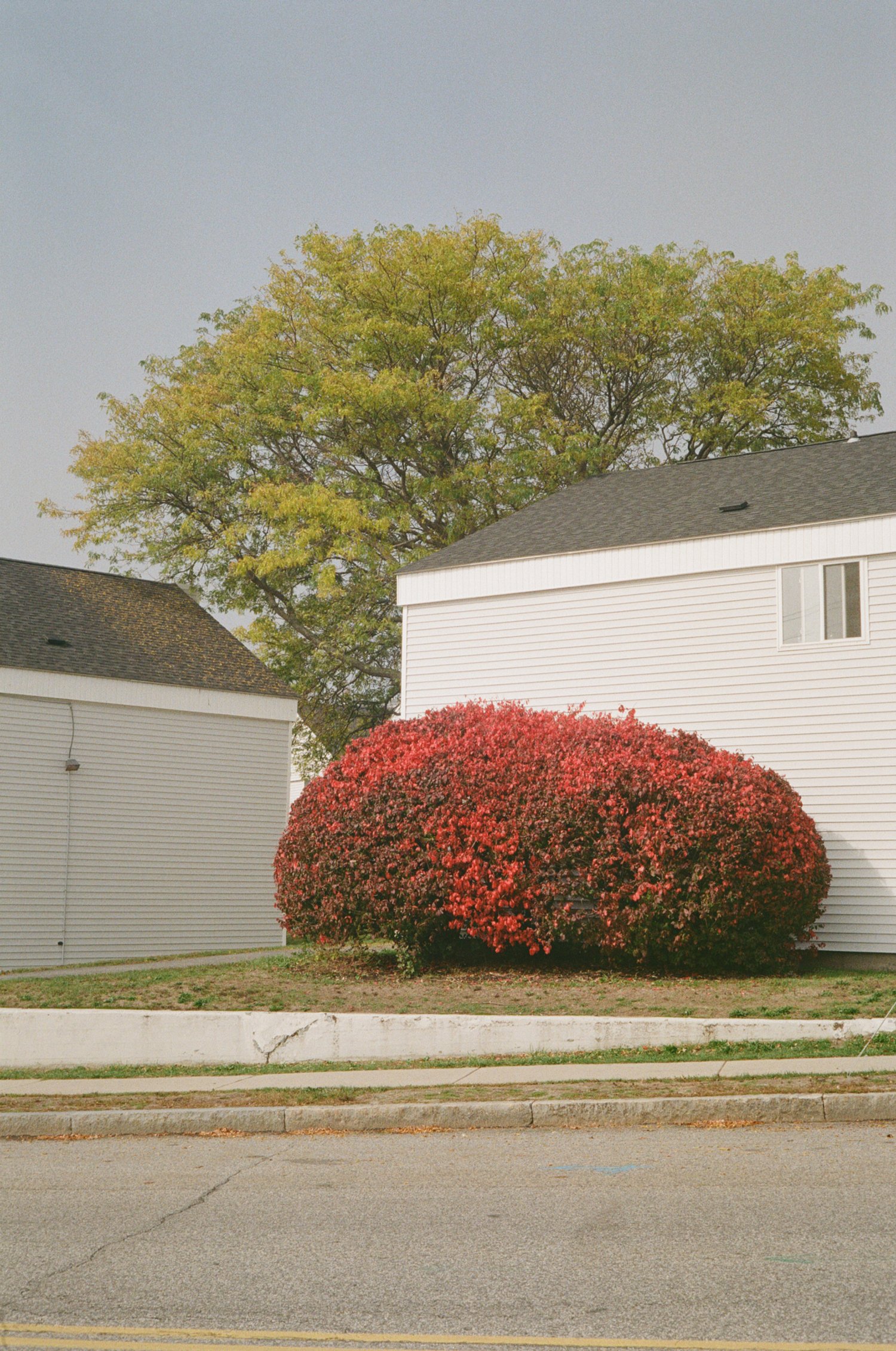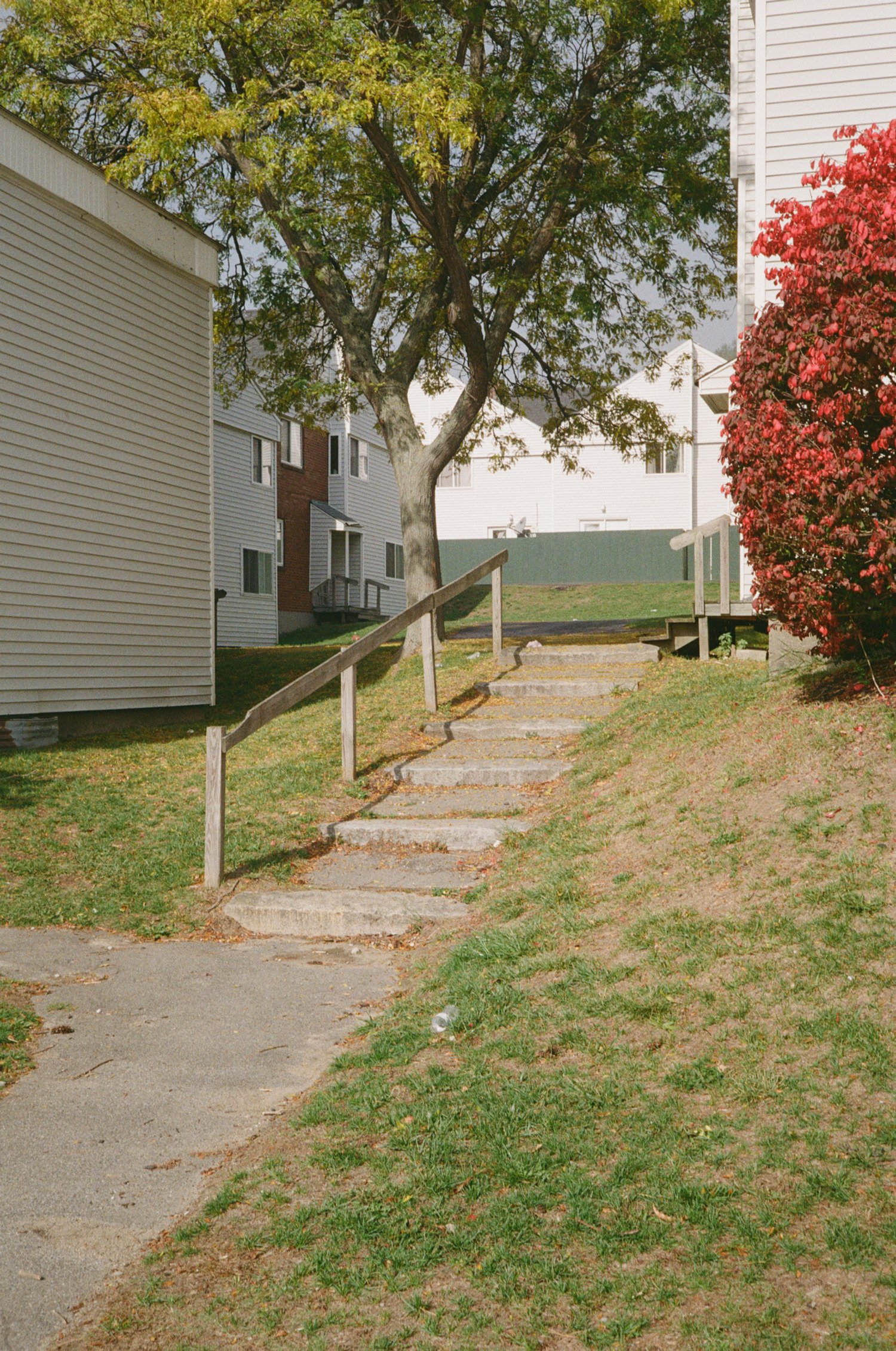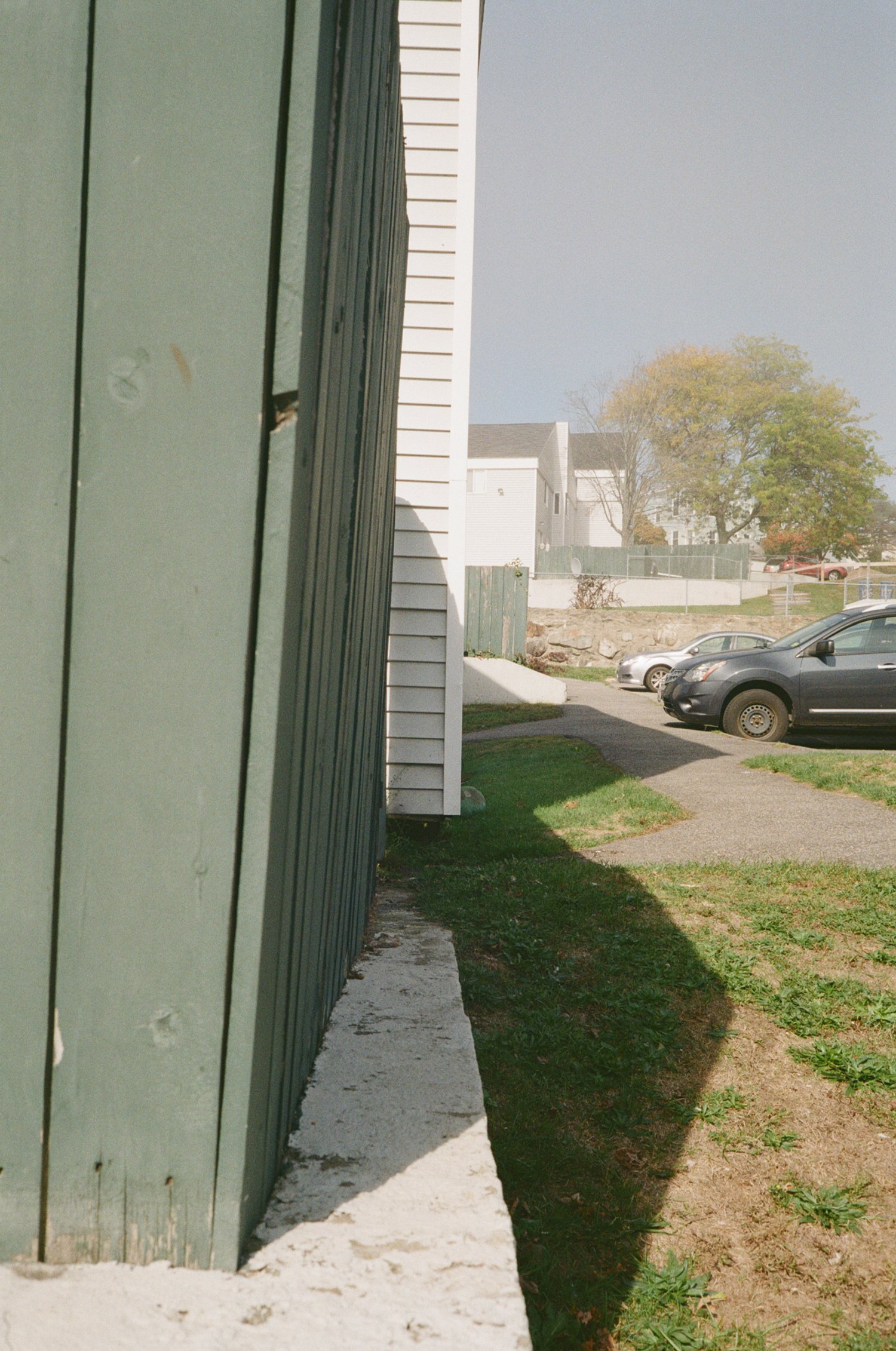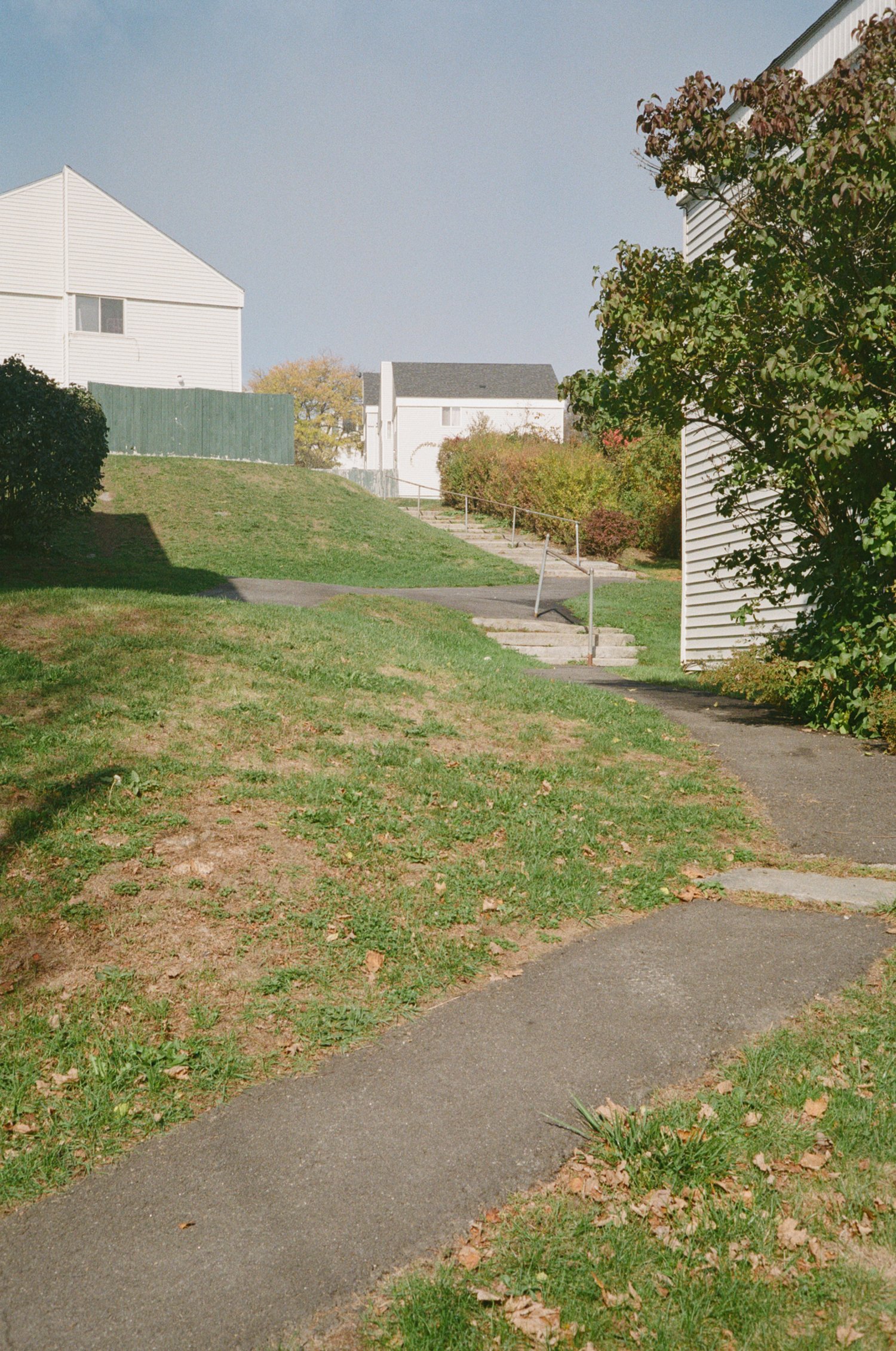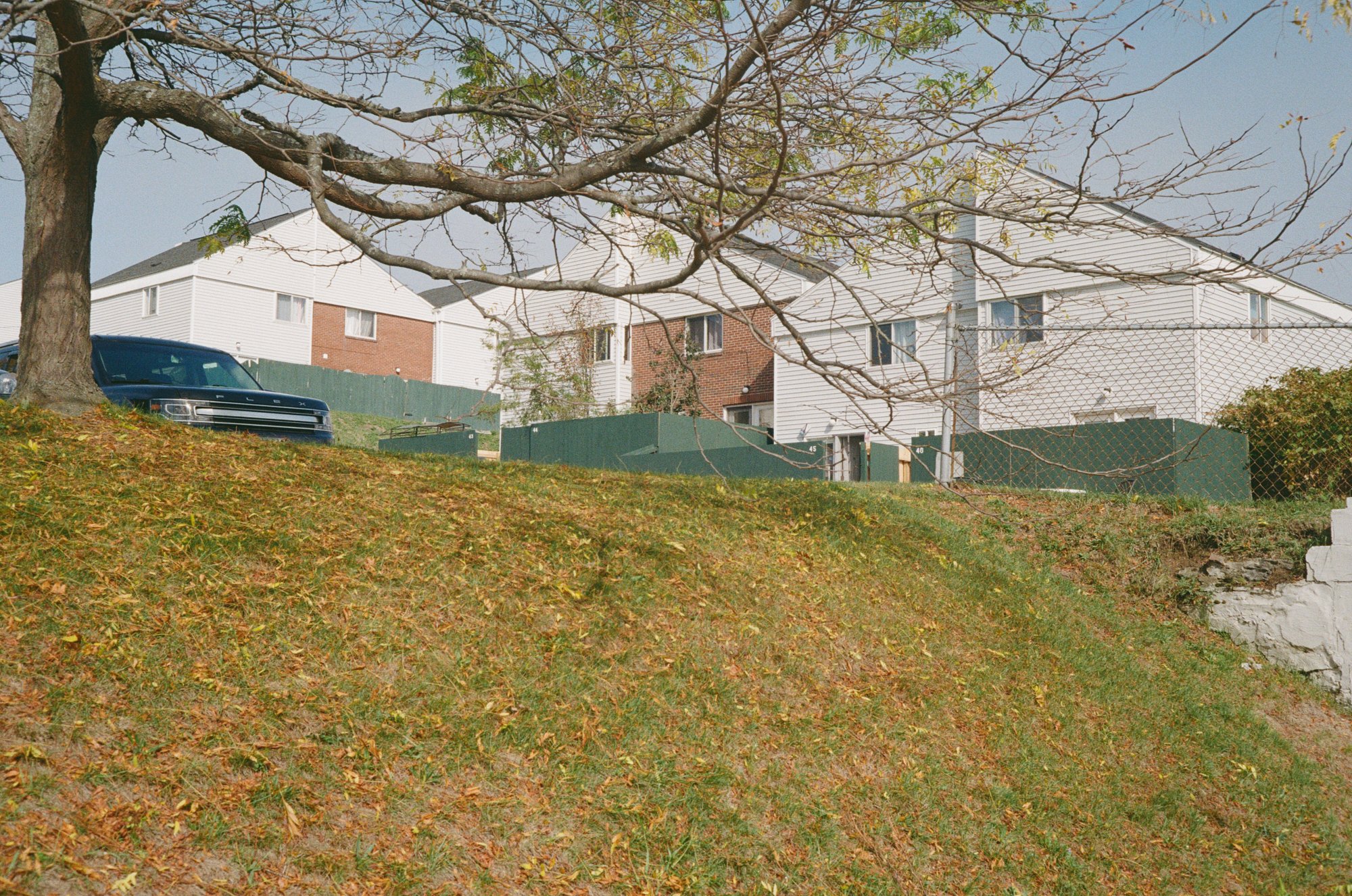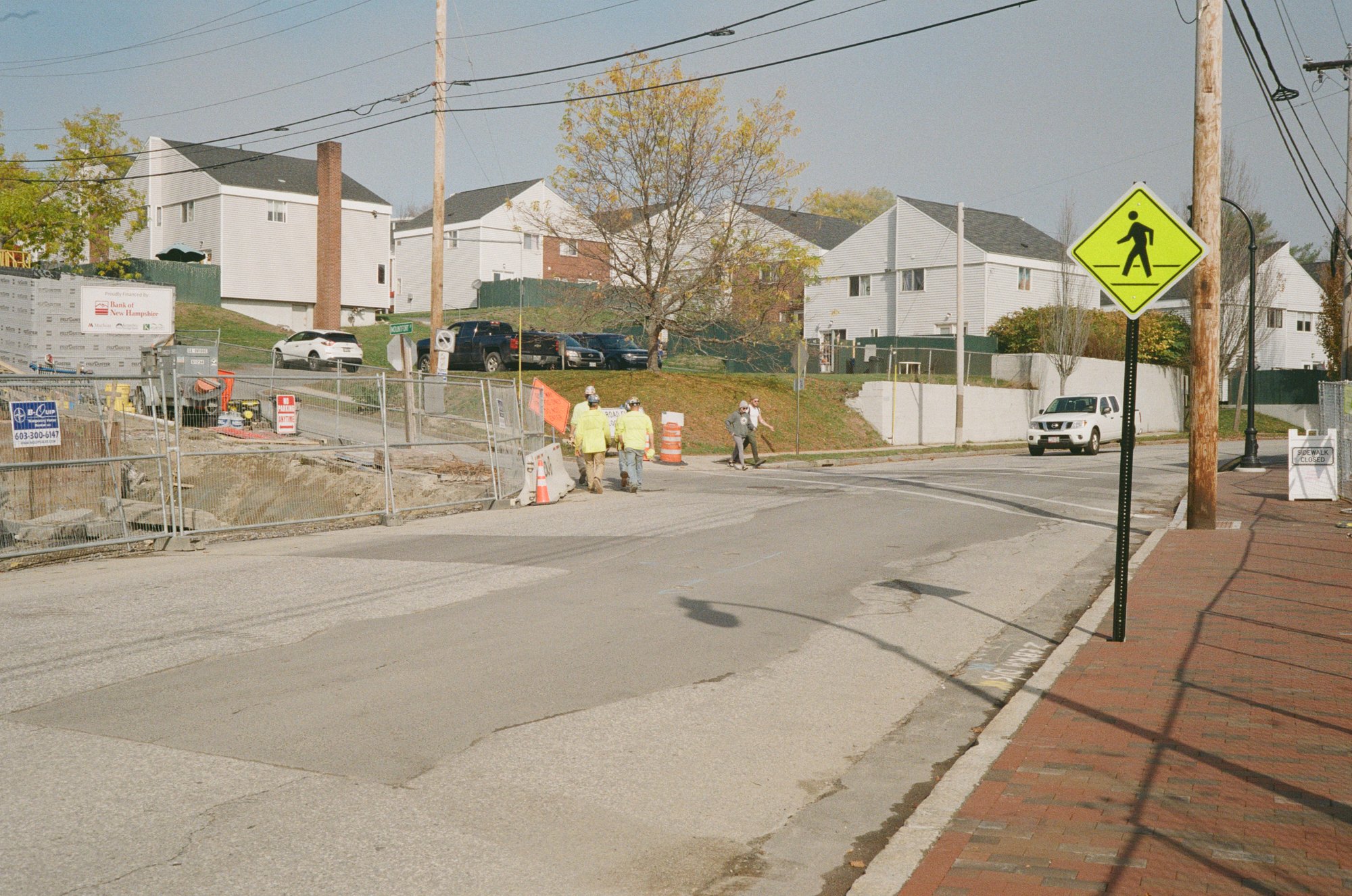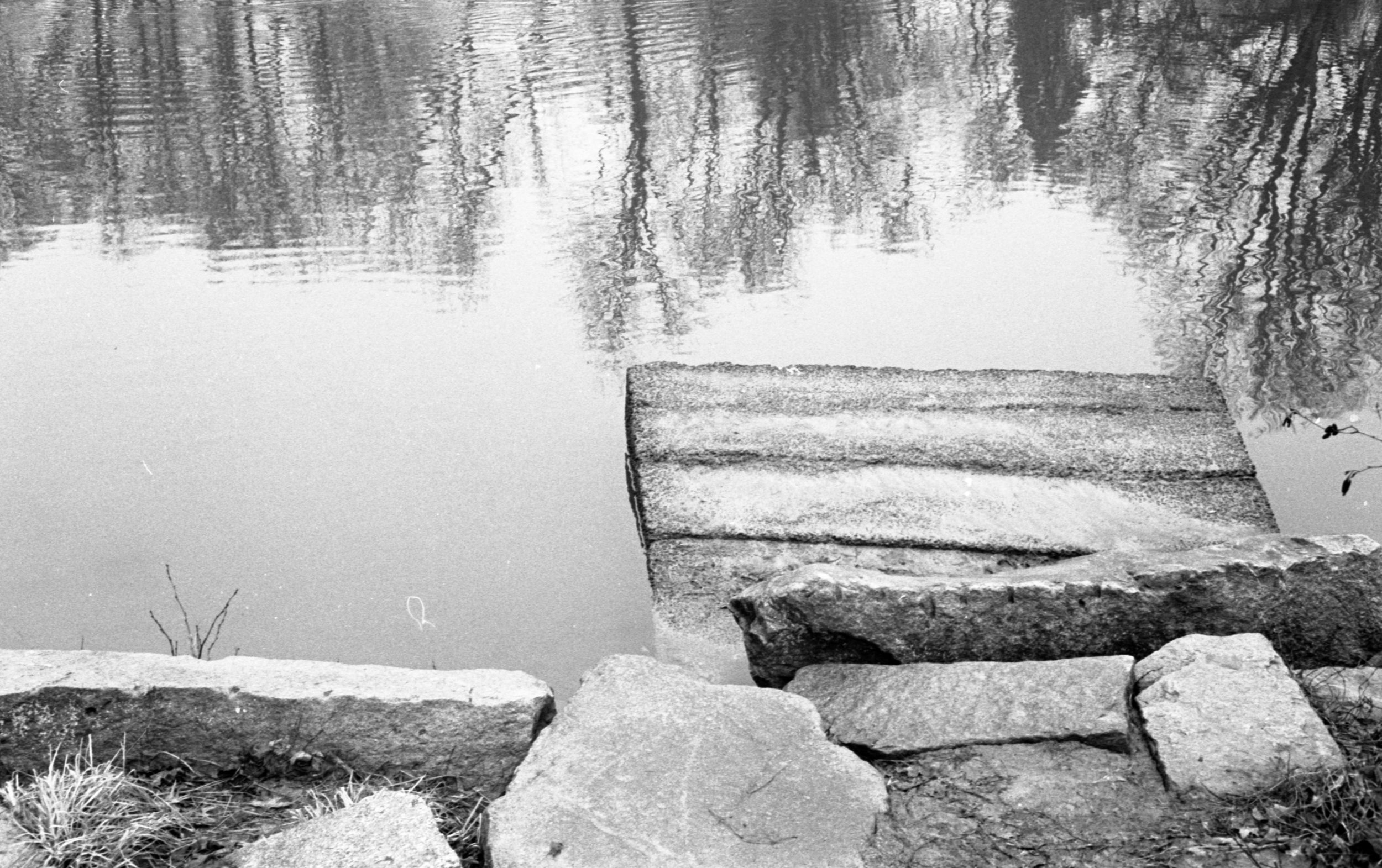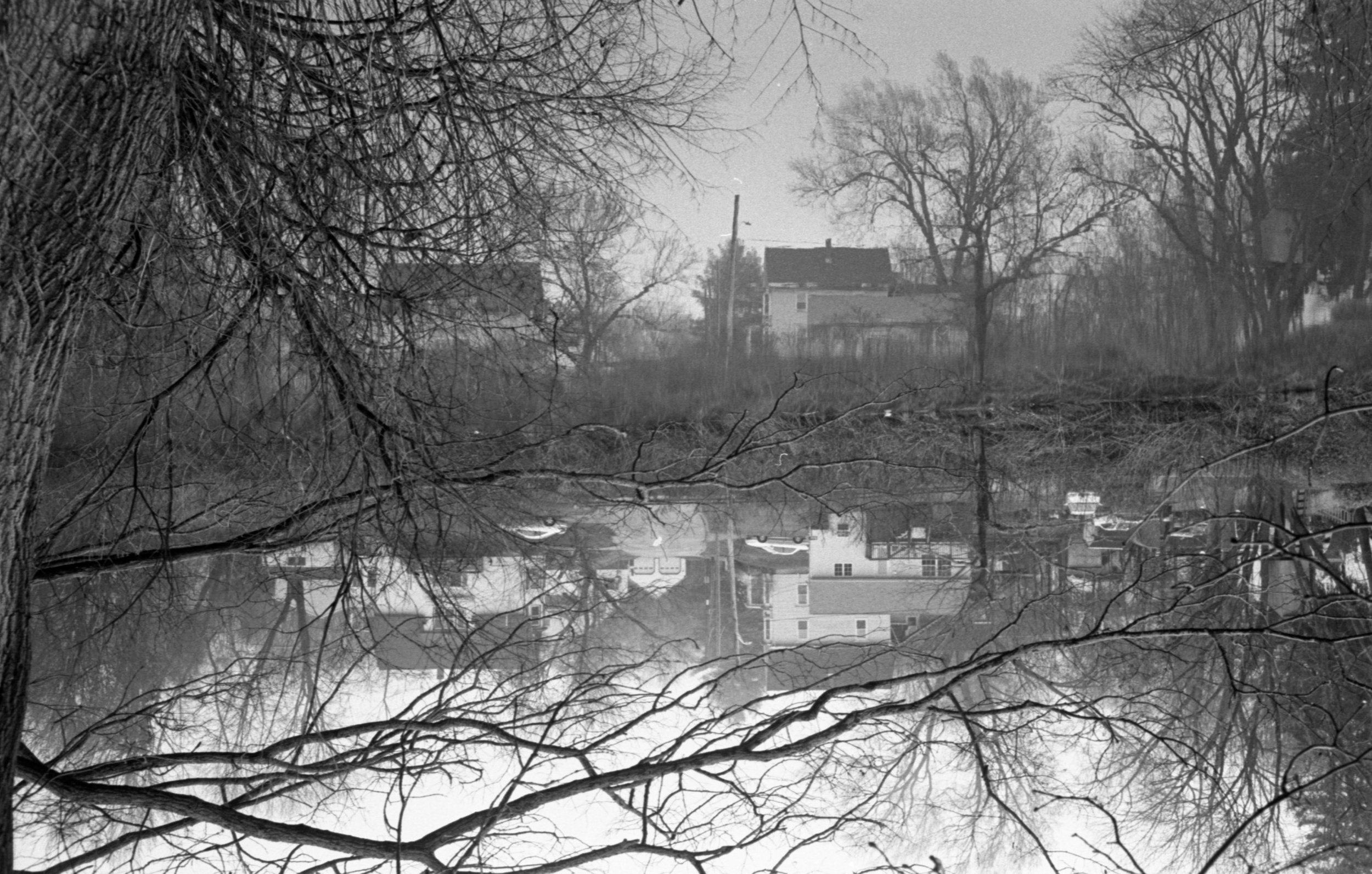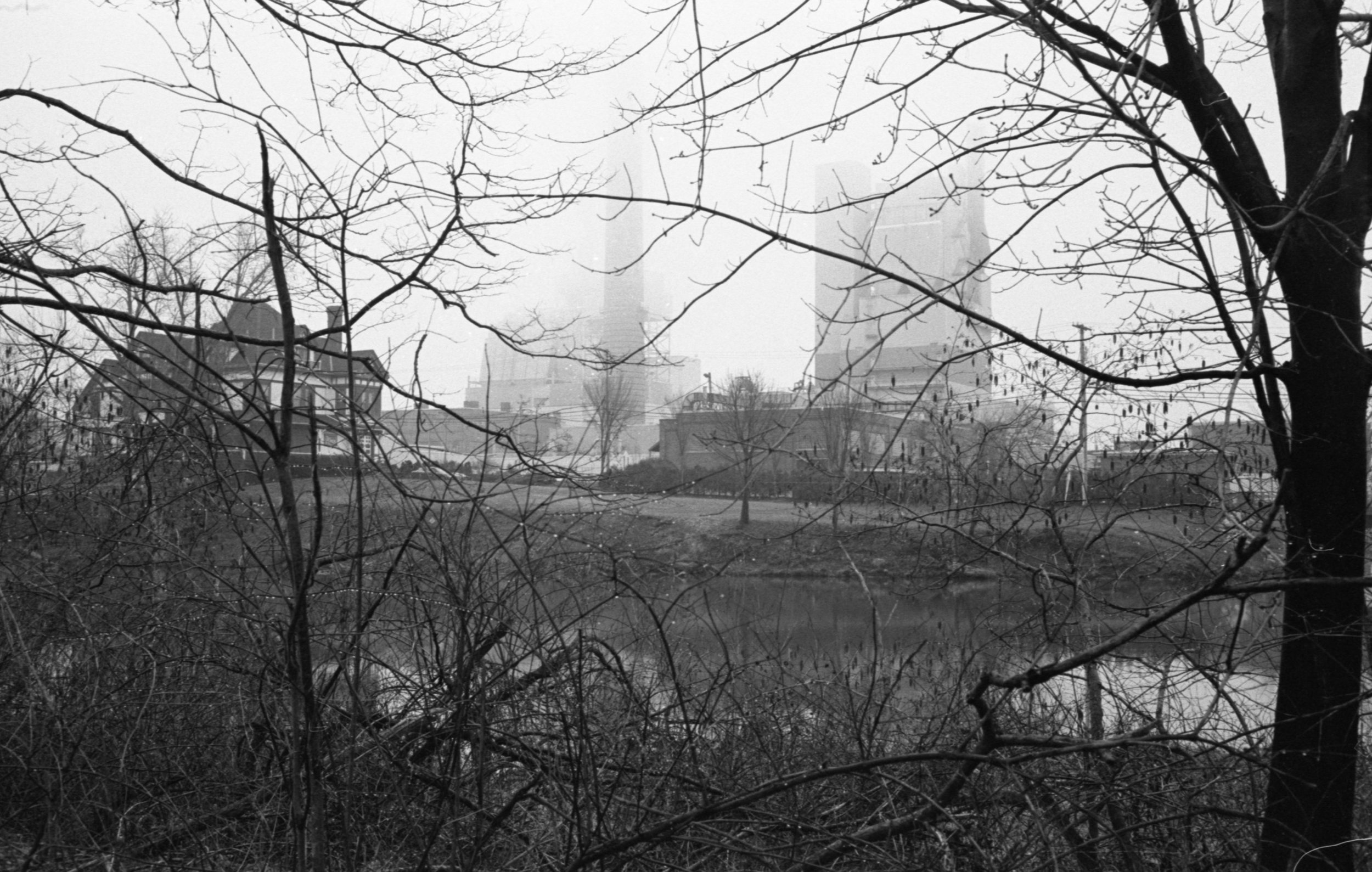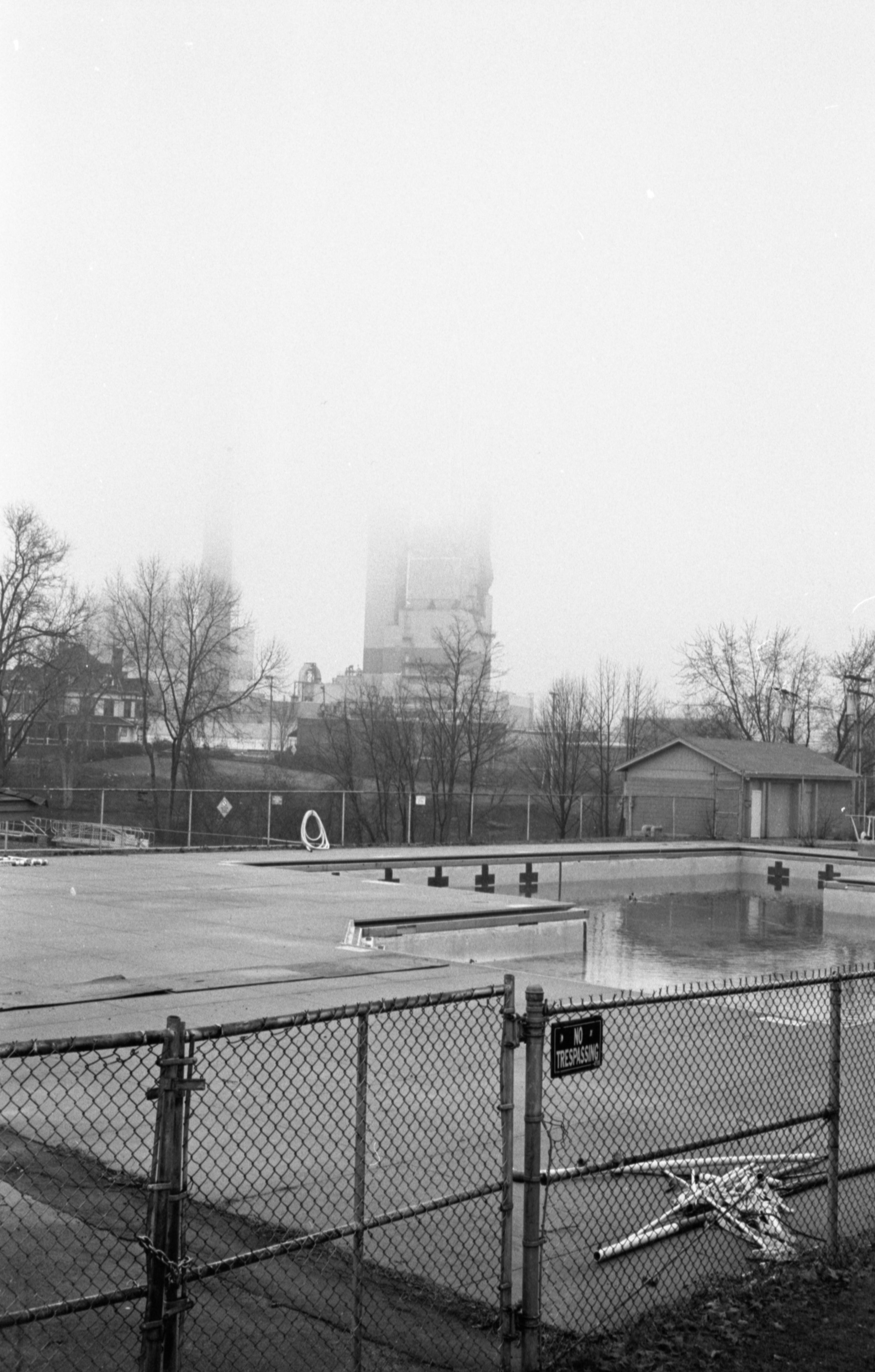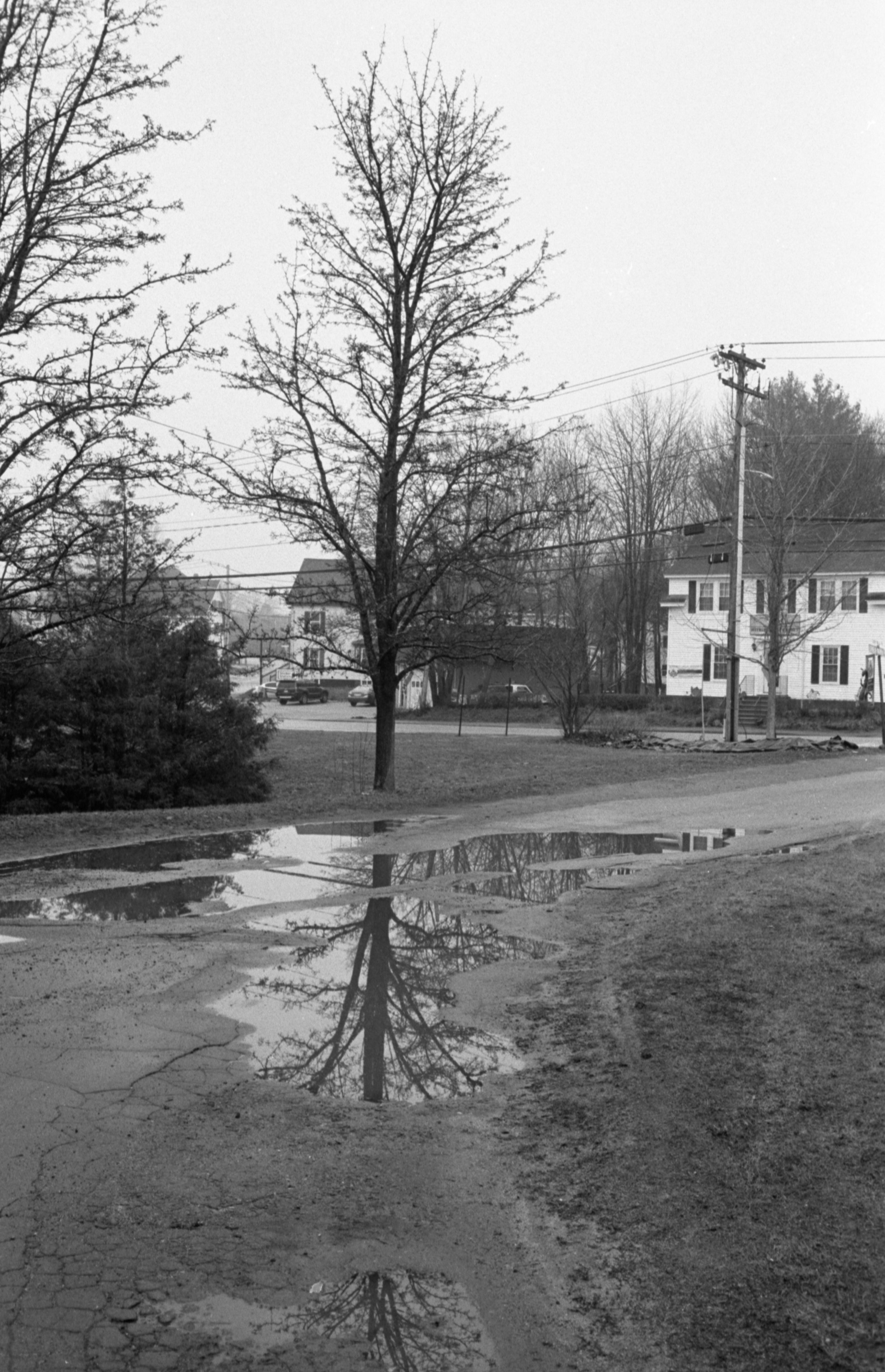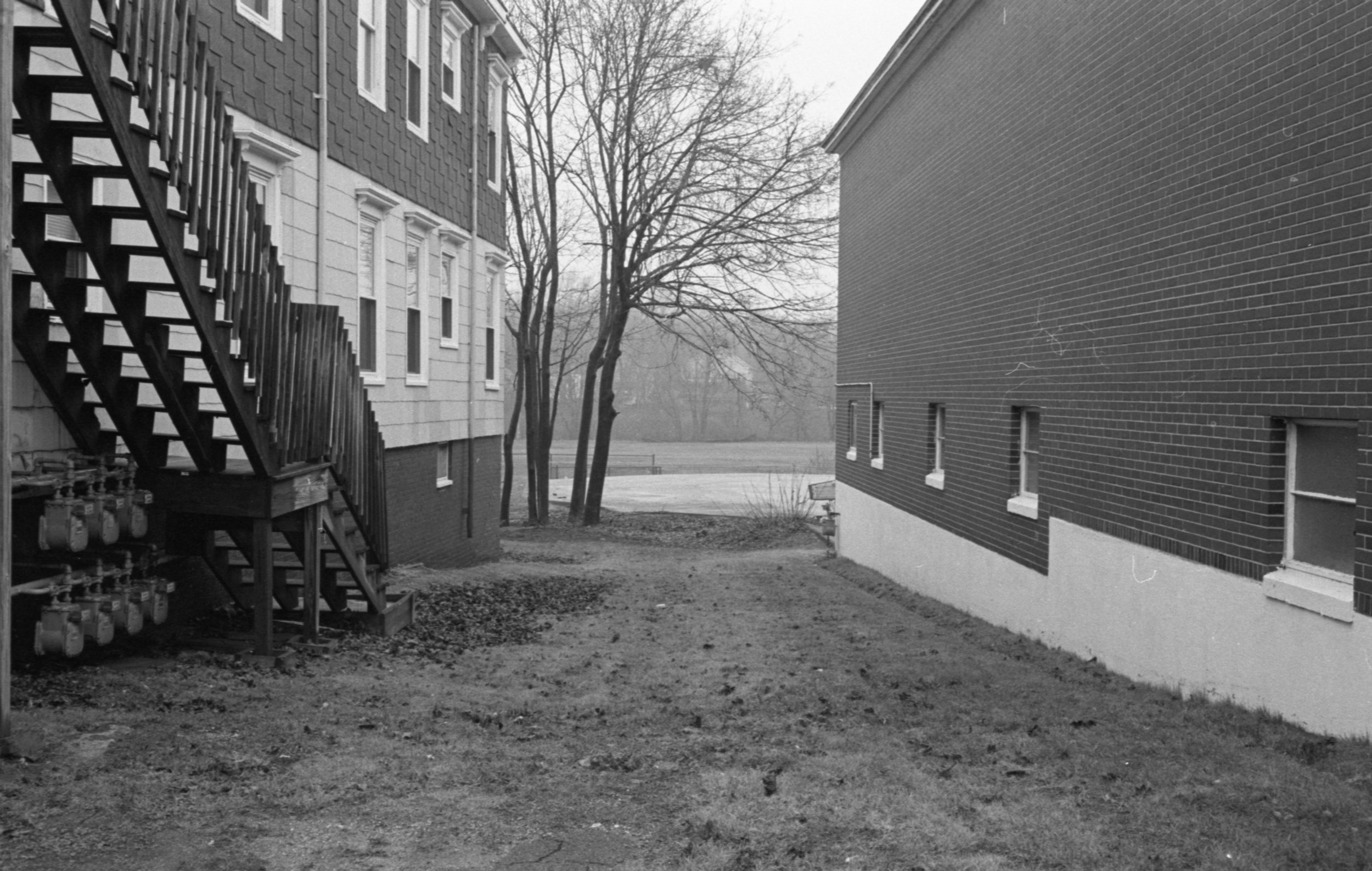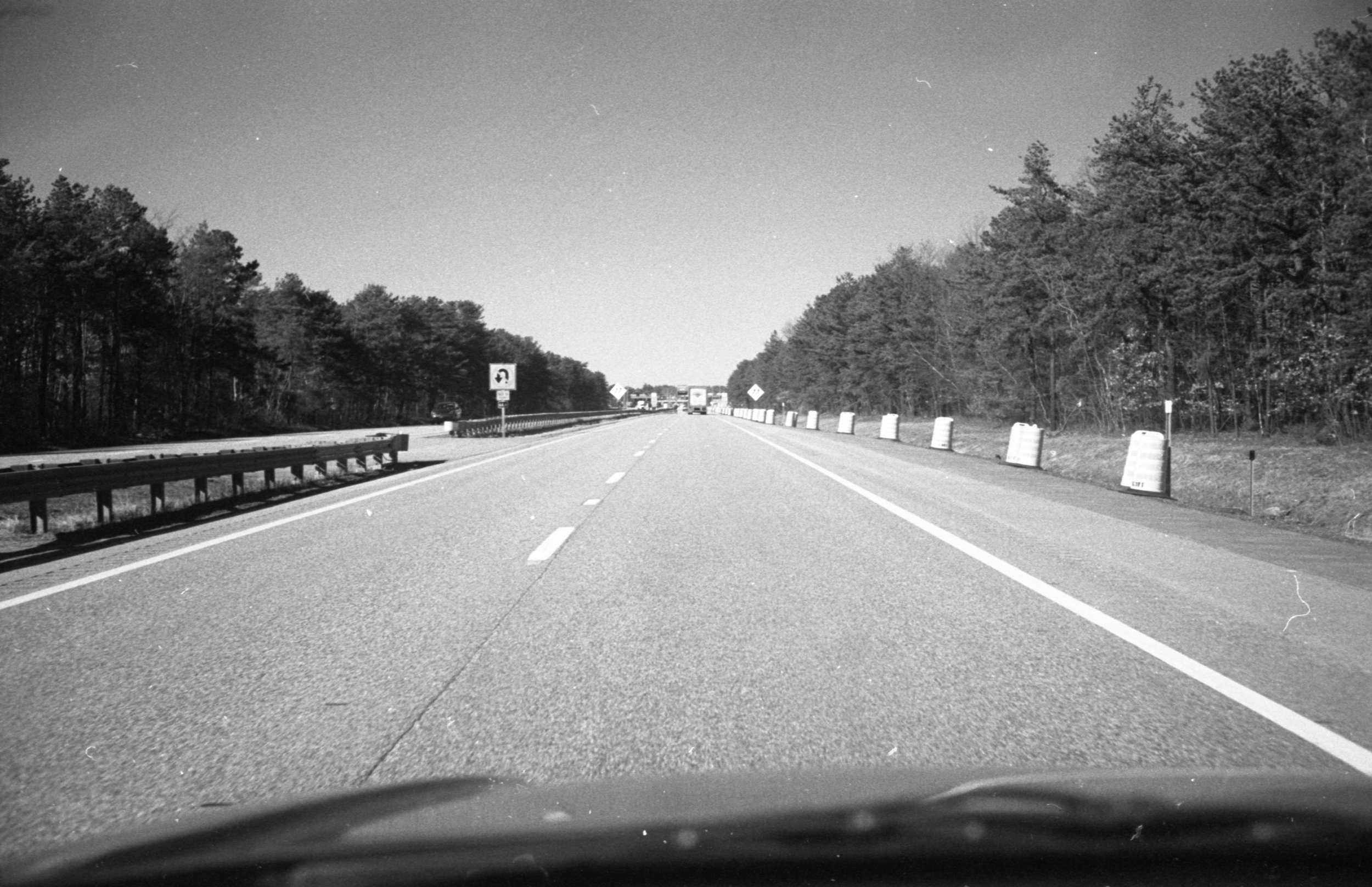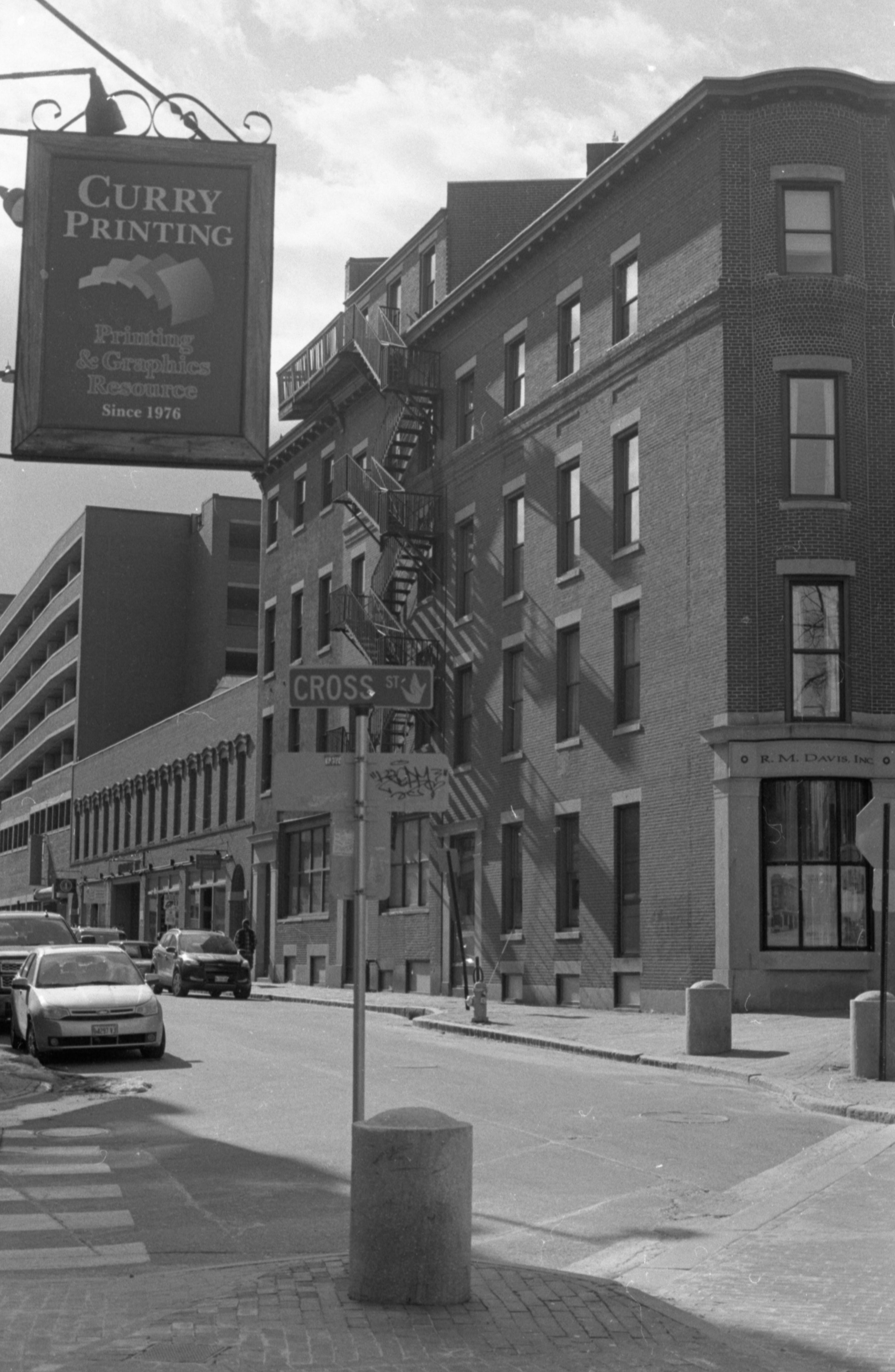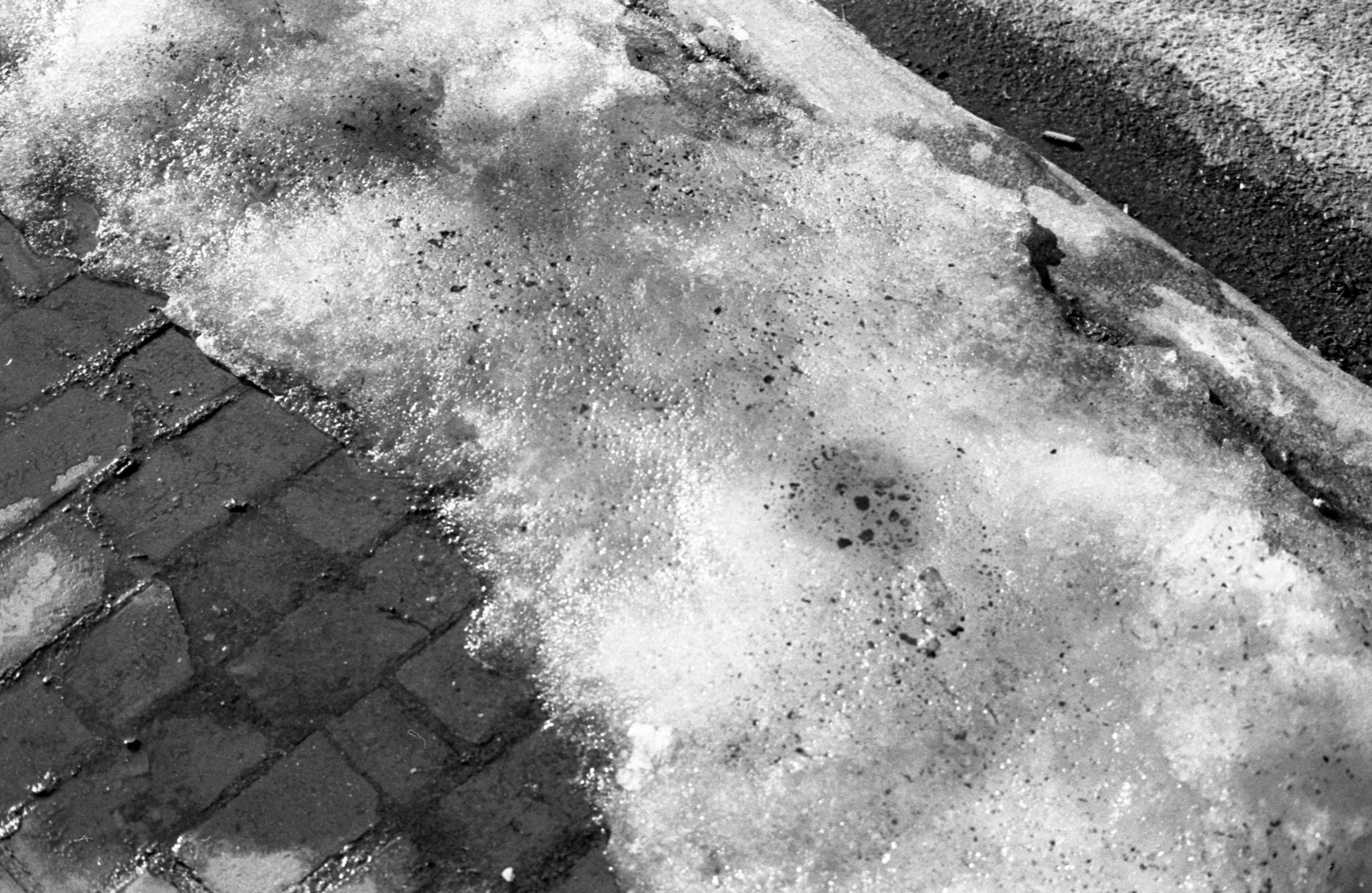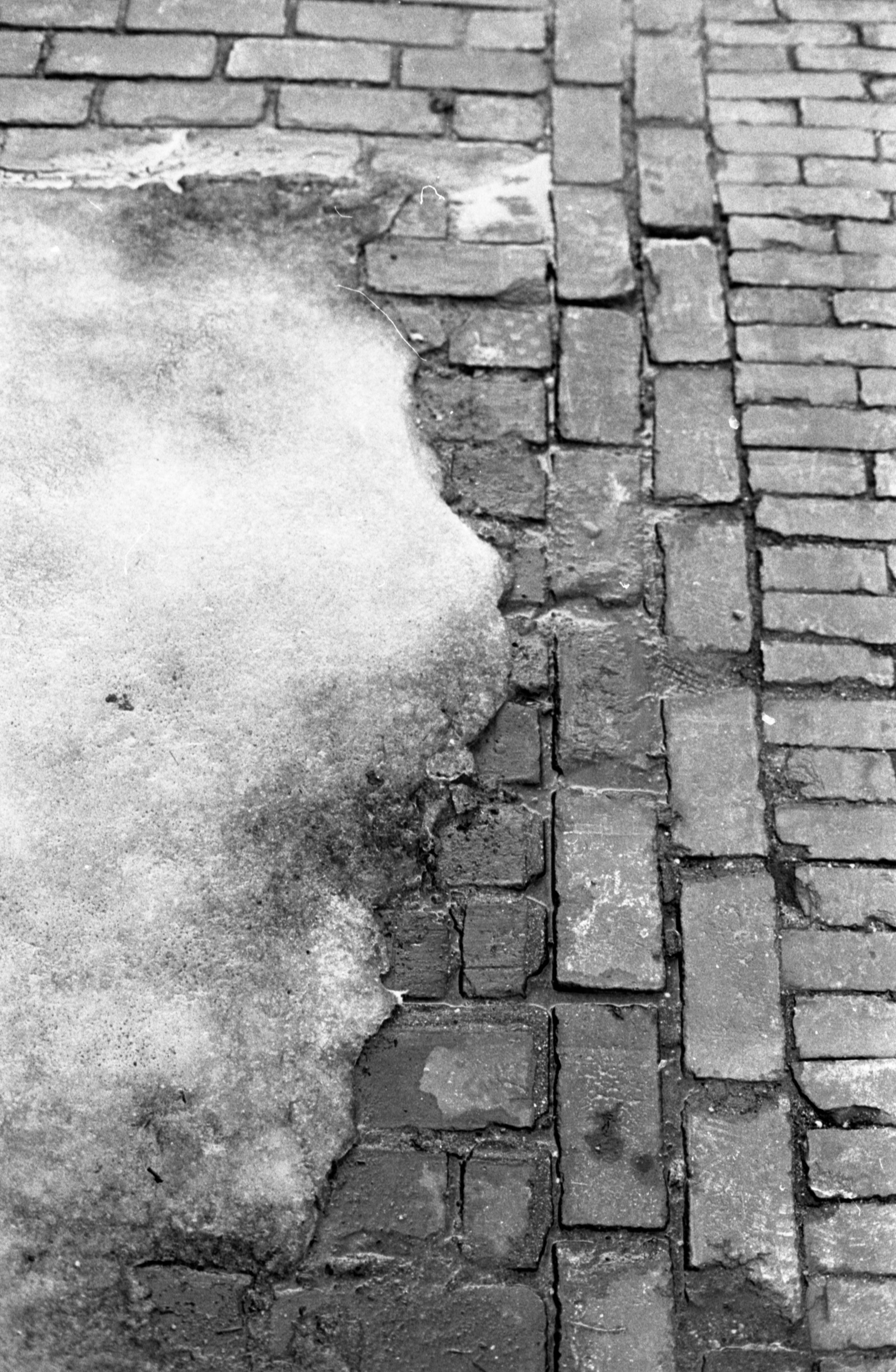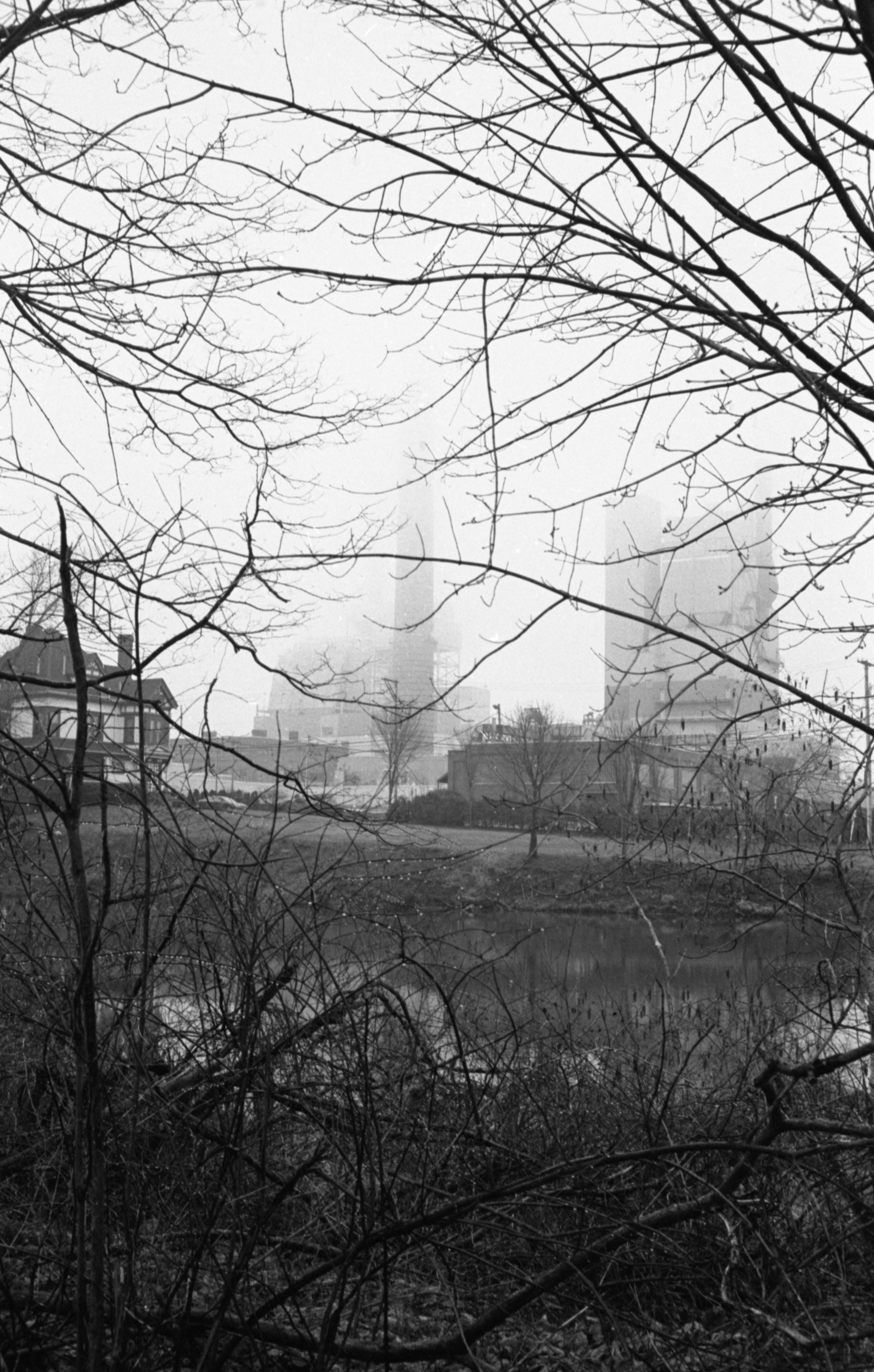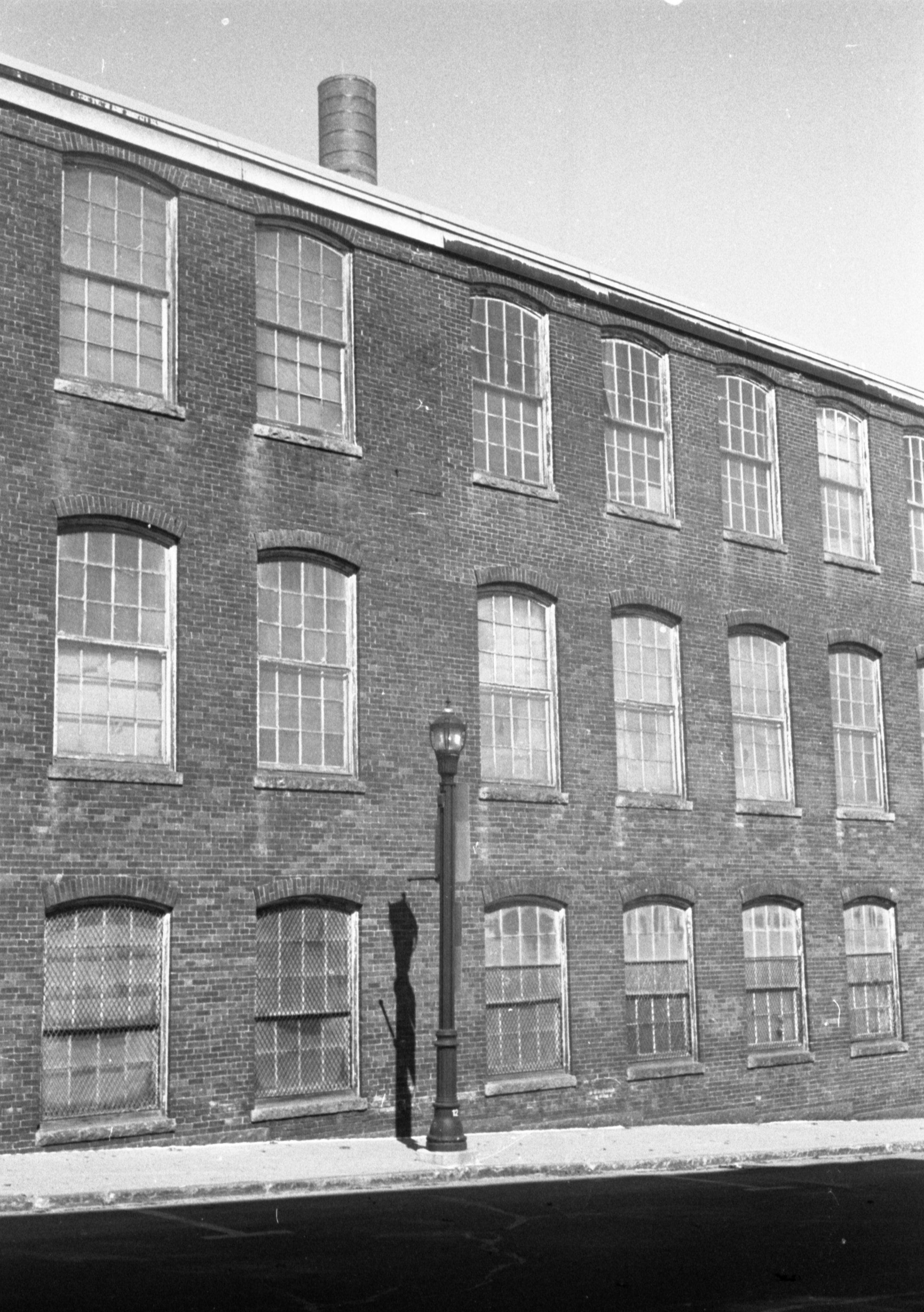What I Learned Photographing #13: Minolta CLE + Rokkor-M 40mm f/2, Rokkor-M 28mm f/2.8, and Rokkor-M 90mm f/4
For the gear fiends (or anyone unlucky enough to be pulled here via SEO) - here’s the actual wrap up of the Minolta CLE and lenses, so that you can read it and leave, and not suffer all the philosophizing:
The .58x rangefinder base length is really nice and makes shooting with a rangefinder manageable with glasses (NB: I mean manageable, not really enjoyable - for me), the 40mm is one of the best looking lenses I’ve owned. The 90mm was neat to use, but also kinda whatever. It was neat to use a 28mm and be able to see the whole frame, but also nothing super notable either - like it’s cool but also whatever.
I pretty much exclusively shot the camera in aperture priority or program or whatever it is. It worked out fine, pretty much every time. The meter is good, and provided your cable doesn’t give you issues, using off camera flash is easy and the auto metering is fine there too. Pretty sure I went over all that in the “hey look, I photographed some weebs - the results are alright, I guess.” article, but thought it’d be worth running back here.
Honestly it’s one of those things where, “everything’s fine, there aren’t a ton of problems” is about the best thing you can say about a camera - you know nothing strange will happen, the thing just kinda does it’s job, you don’t have to worry. The small size is low-key enough that you can sneak around doing street photography without worrying much, if that’s your thing. It makes it easy to carry, or pocket, if need be. Personally, I find the handle annoying and useless - don’t pay the extra money for it, also it stops you from using a tripod, so you have to unscrew the handle, then attach your tripod, then try and keep track of a small plastic thing (always a recipe for disaster) - granted if you’re using a tripod, you’re probably not using this camera, but it’s an annoyance.
There’s not a good direct substitute for it, give or take the even more maligned Leica/Minolta CL, short of ponying up a kidney and getting a Leica MP/M7 with the .58x baselength rangefinder, - but even then, neither of those cameras has the 40mm framelines. Compared to a Leica I don’t really notice much of a difference in “feel” as far as the mechanics go. I guess the plastic on the CLE is “cheap” but it feels fine to me, but I’m a profligate. I got my Minolta CLE in the Collector’s edition briefcase, with all three lenses, and bonus items. It’s pretty neat, and honestly having a purpose specific case, that holds everything neatly makes storage much much more convenient.
The Minolta CLE w/ 40mm Rokkor-M F/2 was my grail camera/setup for a long time. I used it, it’s a great setup for the most part, but: if you have glasses, are a left eyed shooter, work mostly in landscape photography, and you’re an SLR dork - or are any or all of those things - like me, even the Minolta CLE won’t elevate your images, or make you faster, or help you at all. I do really wish I could get the 40mm in some kind of SLR compatible package. After all that I ultimately found that I just don’t care that much about it either. At this point, I’ve kinda given up buying new cameras, and check in as ambivalent at best on most equipment.
A camera’s a camera, stick with stuff you don’t second guess, the limit is you. Go figure.
If you want something more affirming, or helpful, or poetic go visit any of these reviews - they’re probably a much better guide:
https://casualphotophile.com/2016/05/23/why-i-choose-the-minolta-cle-over-any-leica-m/
https://www.35mmc.com/08/02/2019/minolta-cle-review/
https://www.kenrockwell.com/leica/cle.htm
Anyway, here’s the musings and notes or, like, what I learned on a more theoretical level:
I guess this isn’t a long review - more or less a page? I covered a lot when I did a writeup on shooting an anime convention. I think that honestly does a solid enough job of like “this is the camera on an actual shoot weekend.” I will include a bunch of landscape pictures here, just to give examples. I don’t really have much to say about working in landscape photography though — I’ll get to why.
Rangefinders are neat, they definitely give you a certain “feel” while working, I’d wager to say that’s like 75% in your head to be sure. Then again, most art is “in your head” isn’t it? Rangefinders do a reasonable job of getting you out of your head, because they’re one step abstracted by default (what the Viewfinder sees is not exactly the same as the lens, and then you compose around the framelines rather than the bounced image) - but combined with learning to see more broadly, and understanding that even through an SLR viewfinder, the image you think you’re capturing is about half the final product, you can kinda use whatever camera suits your purpose best.
Other quick notes I don’t think I got around to during my Anime Convention writeup: working quick on rangefinder is easier when you’re doing candid stuff, but squaring up for a direct portrait is not great, especially if you have to look for the stupid little rangefinder patch, while holding a flash, and moving the lens tab. I generally find the instant feedback from the slr is more manageable squared up with someone in front of me.
Rangefinders generally use slow lenses with fairly limited apertures (yeah, sure the noctiluxes/summiluxes are things, but realistically, who even owns or shoots with those?). This shouldn’t really be a surprise to anyone who likes cameras, or y’know is looking for a review of a secret handshake camera. I didn’t realize how much I liked being able to go to 1.4 for a thin/dreamy or abstracted look, until I was stuck at f/2 on a moderately wide lens or f/4 on a mild telephoto. Add on to that, most RF lenses also seem to have pretty miserable close focus distances too. I know Mark Steinmetz does god tier street portraits (if you really wanna limit them to being just that) with a gw690, which is both slow and has a crappy close focus distance.
On the whole, I’ve come to the conclusion you can essentially use any camera for landscape photography. It truly doesn’t matter. Make your frame, square up, Shoot. Are you composing with lines that forecast what you’re seeing, or a viewfinder with somewhat limited coverage? Either way, doesn’t really matter. SLR or Rangefinder. For the most part, nothing in your frame is going much of anywhere any time fast. Theoretically Rangefinders are lighter, but honestly, unless you’re a mountaineer, or a long distance hiker, up to medium format - the difference in weight is negligible. That said, I seem to excel in toting heavy items long distances, massive grain of salt right there.
The idea of the image or like the skeleton of the image based on your idea seems to be the most critical factor - what you do or make with it along the way, and what the scene and every subsequent step tells you - or what you learn from it seems to be the best determining factor for the final photo and what that final photo is used in. Not to to get too woo-woo, but honestly, I’ve come to really believe in “trust the process” - not like put blind faith in mindless repetition or serving the goal or just proceeding forward, but like actively taking part in the imagemaking process and really mining into all the insights you find along the way - that’s where the money or at the very least, the interesting images, seem to be at.
I’m wholly willing to admit at this point, I’m just not cool enough to be a rangefinder person. That being said, I’m kinda over *cool* photographers. I’m generally pretty bored sick of the edgelord mentality that plagues a lot of street photographers (and I suppose photographers at large?). You can make really sharp, out there, hardcore content without being an edgelord, or at least making that your whole public persona or internet persona. We get it, you’re cool, you’re hip, you’re in the street.
Left eye dominance, then glasses, is just kind of a mess. The viewfinder’s nice. One thing that’s big in street photography shooting that I’m lucky enough to have learned early on and made use of over time is keeping both eyes open when looking through the viewfinder - it lets you see/compose/be aware beyond the given frame, and makes squaring up a lot easier. Kinda lets you cheat the rangefinder effect of seeing “around” the frame via the framelines.
Swapping to my non dominant eye was really good for breaking up my usual shooting patterns. I can’t keep both eyes open when I use my off eye, because it’s not over trained. Eventually I could keep both eyes open but my right eye doesn’t want to fully focus like my left eye does, when both are open but one’s using a viewfinder. It does beg the question to me, how long does it take to build up that strength - assuming it’s an optical/muscular issue.
The Rokkor-M 28mm F/2.8 is a 28mm. The big viewfinder makes it easy to use. I dunno, it’s fine? I don’t really know what to tell you - it’s a lens angle/focal length for me - I’m generally a 24mm guy if I shoot a true wide these days. The Rokkor-M 28mm works fine - even with the known schneideritis issue. I have no real complaints, it’s just not my thing.
The Rokkor-M 90mm F/4 is less goofy to use than you’d think through the giant .58x rangefinder. I can wrap my brain around Saul Leiter’s process now. I don’t think I could replicate it or perform in his style, but I think I can kinda see inside his head on this one, if you’ll bear with me - by using ultra tight super tiny boxes in a or normal finder, it lets you make the strongest simplest composition, because you couldn’t possibly work out the textures - because of that you get really tight, really sharp shape and line based compositions that usually work out well because the large compositional elements of the photograph are strong, because you’re essentially limiting yourself to only being able to guess at the fine detail - it goes back to that idea of the “idea” of the image, and an element of chance.
Calibration is obnoxious, as is repair. Had to send my camera into two different techs. Avoid Dave of Dave’s Camera Repair in Michigan at all costs (I’m definitely not alone in this - it’s well documented on the net) he might steal your gear or it’ll get stuck in limbo - I had to spend the better part of a month chasing him down. Can’t say I much cared for the other tech either - I got much the same treatment, as Dave did to me - he (apparently) had some health issues, and we’re at least loosely in the same social circle, so I’ll avoid naming him here. Generally I have good luck with camera techs, so it’s good to know or be aware of. I’ve definitely taken having a reliable camera tech for granted. Anyway, just be careful looking for a tech. Most of the camera *should* be easily repairable/adjustable, the one twist is of course the electronics, but that’s a known risk.
Weird side takeaway - even if the rf calibration is fine, I did find out real fast that not all epson v600’s are created equal (I mean, consensus is they kinda suck, but still) - my old one that I had in LA was actually really reliable, and the focus was set correctly. The last one I had here in maine was rough. Add another reason onto the pile of why I hate the V600.
I feel pretty confident returning to my XD11 for my daily shooter/carryalong - it’s great. It’s still (relatively) cheap if I need to replace it. I get along with it. But all that being said, I spend most of my serious work time on my Pentax 6x7, and having a good chunk of cash sunk into a package that I just don’t use or don’t use optimally seems like a waste. I dunno.
As always, we run completely on merch sales and donations! if you’d like to support this kind of non-review review, or our much more helpful interviews, Grab a shirt or zine in the shop, or consider joining our patreon!


